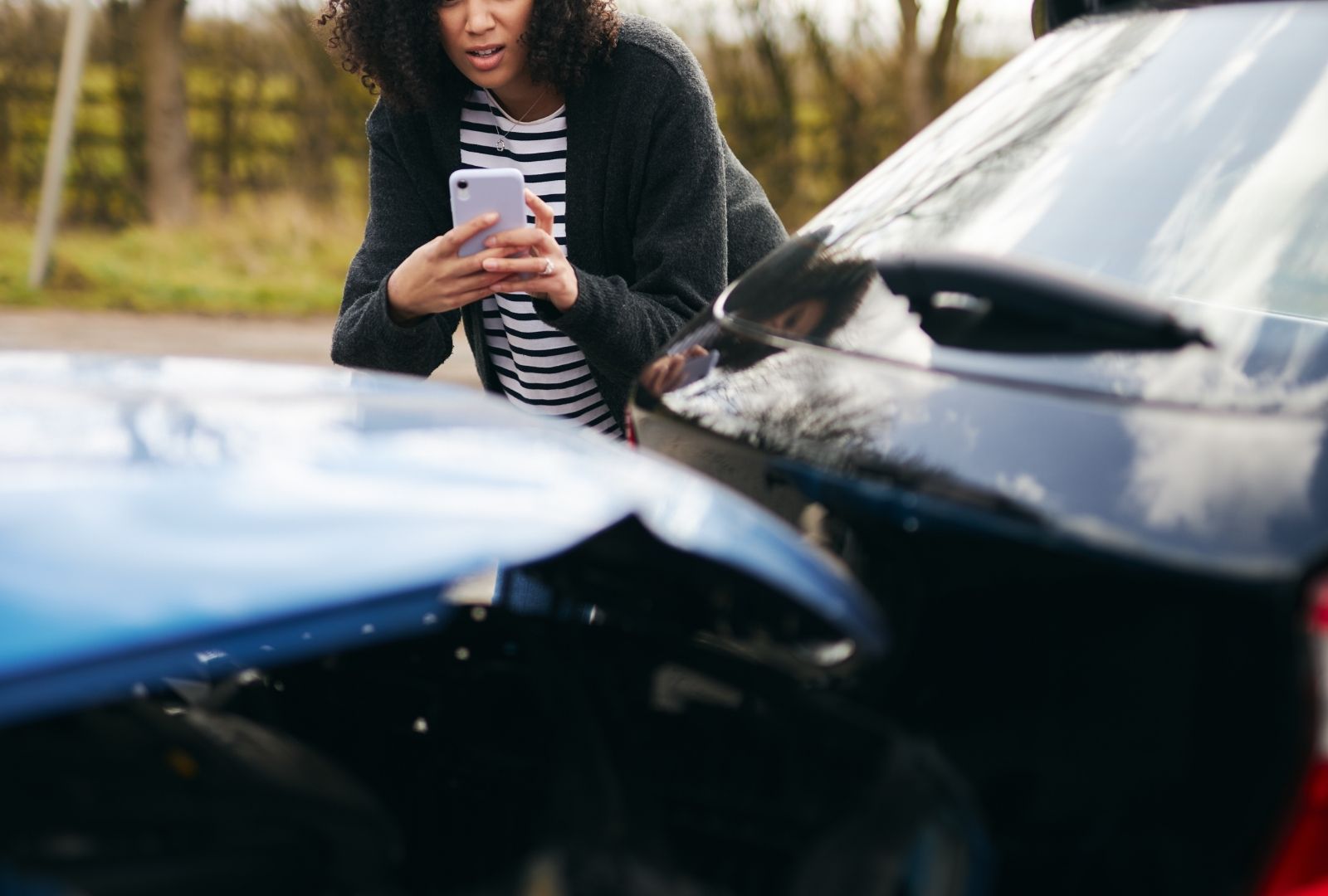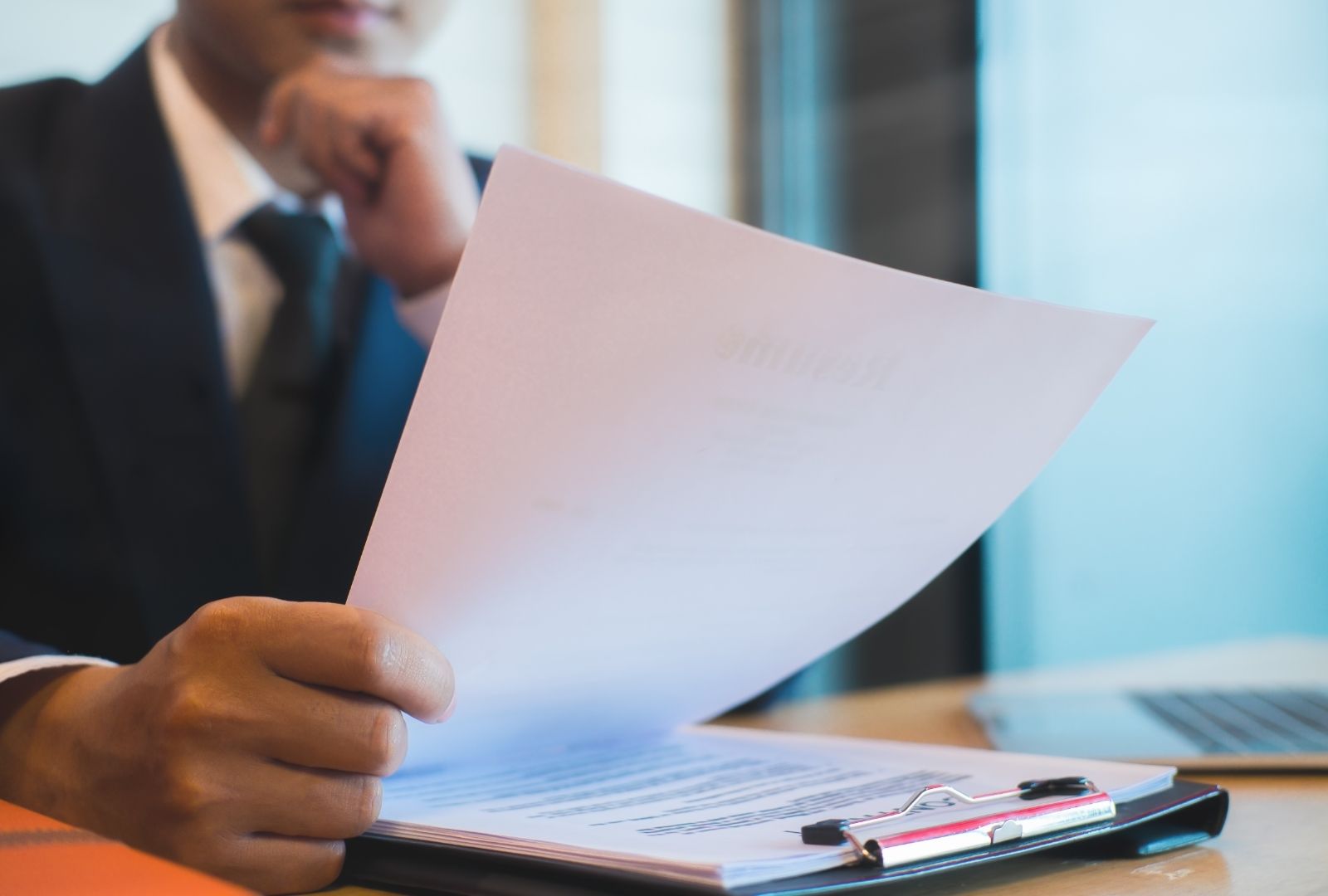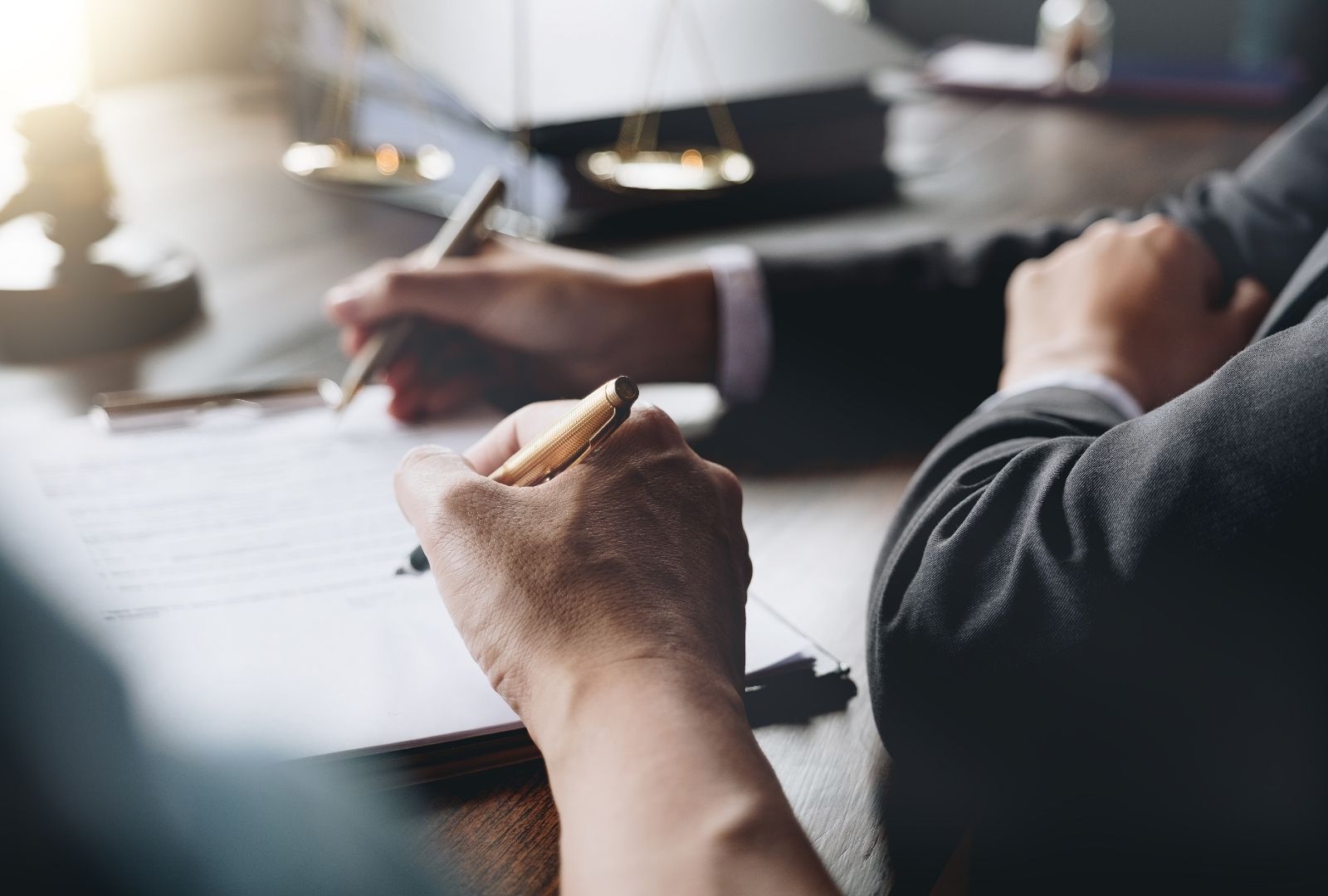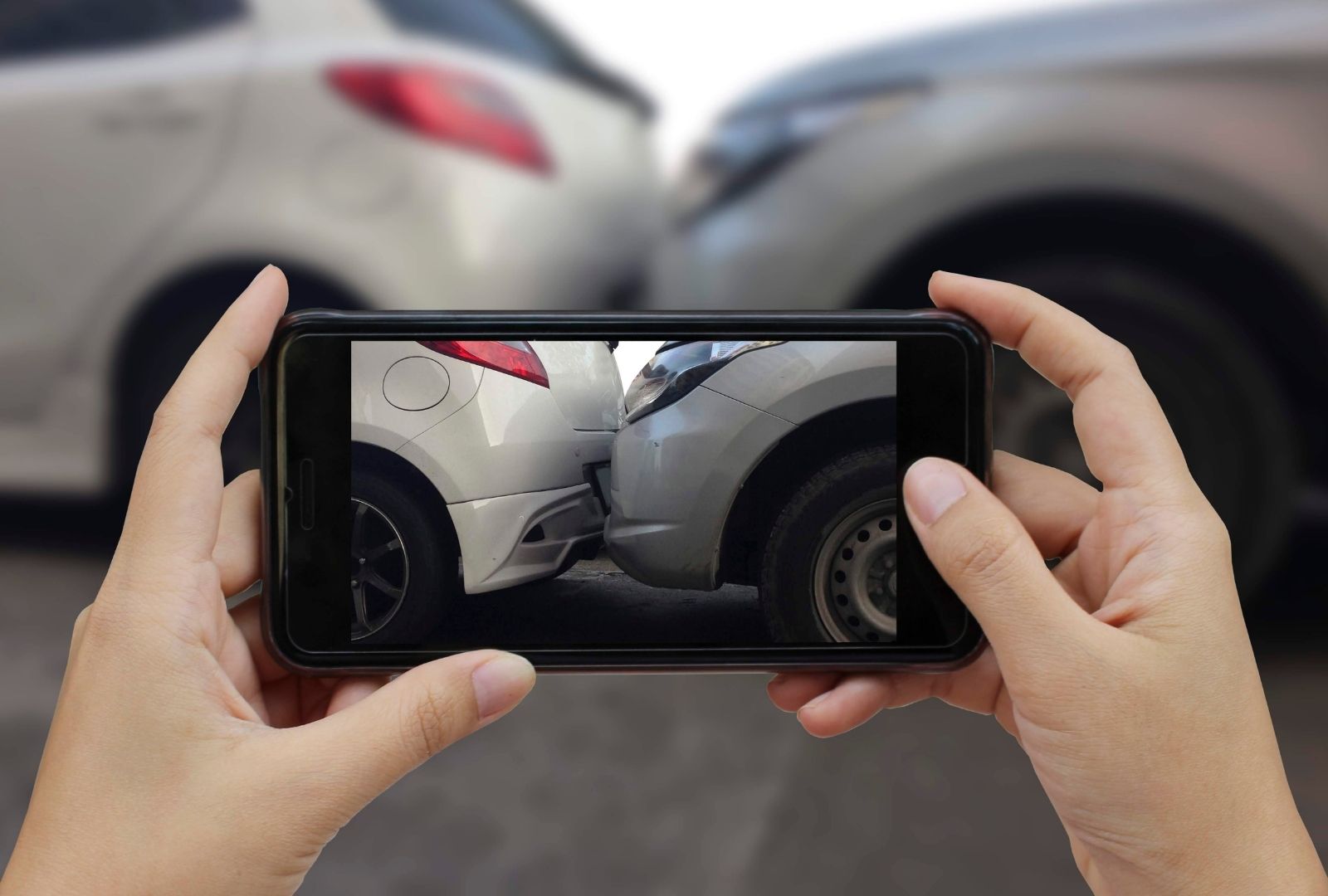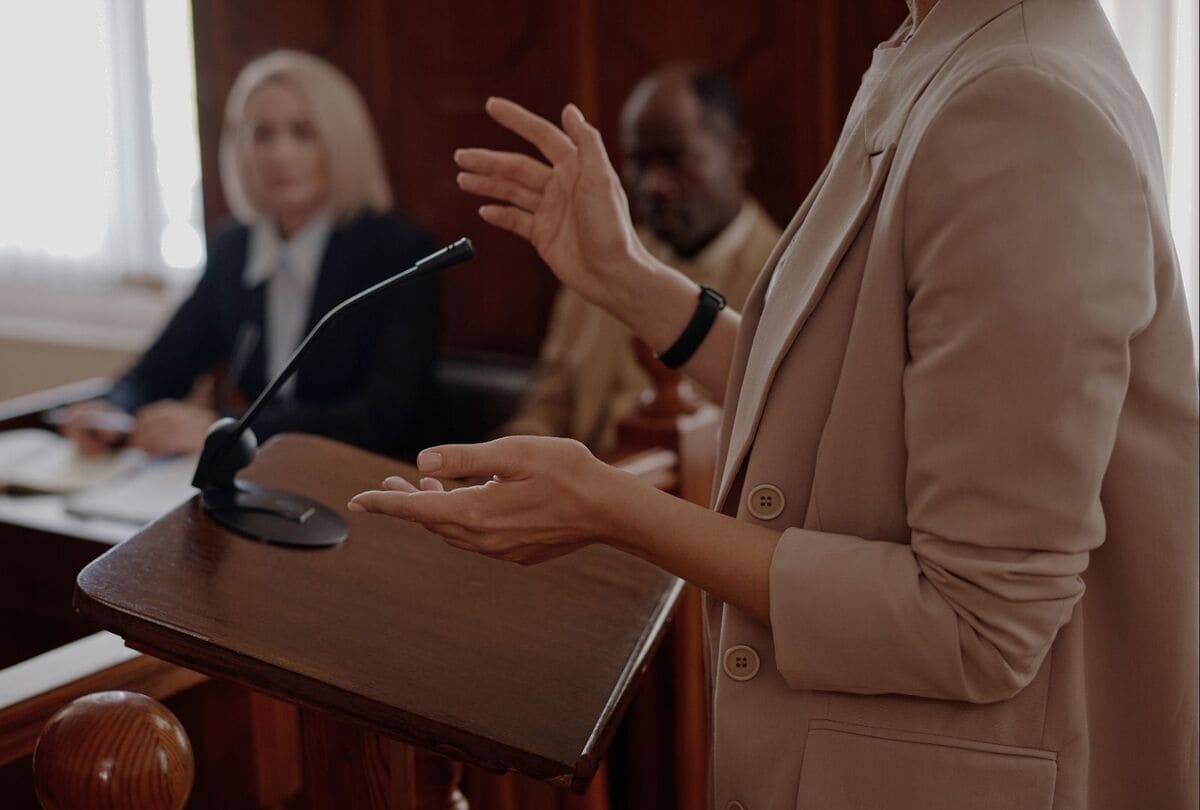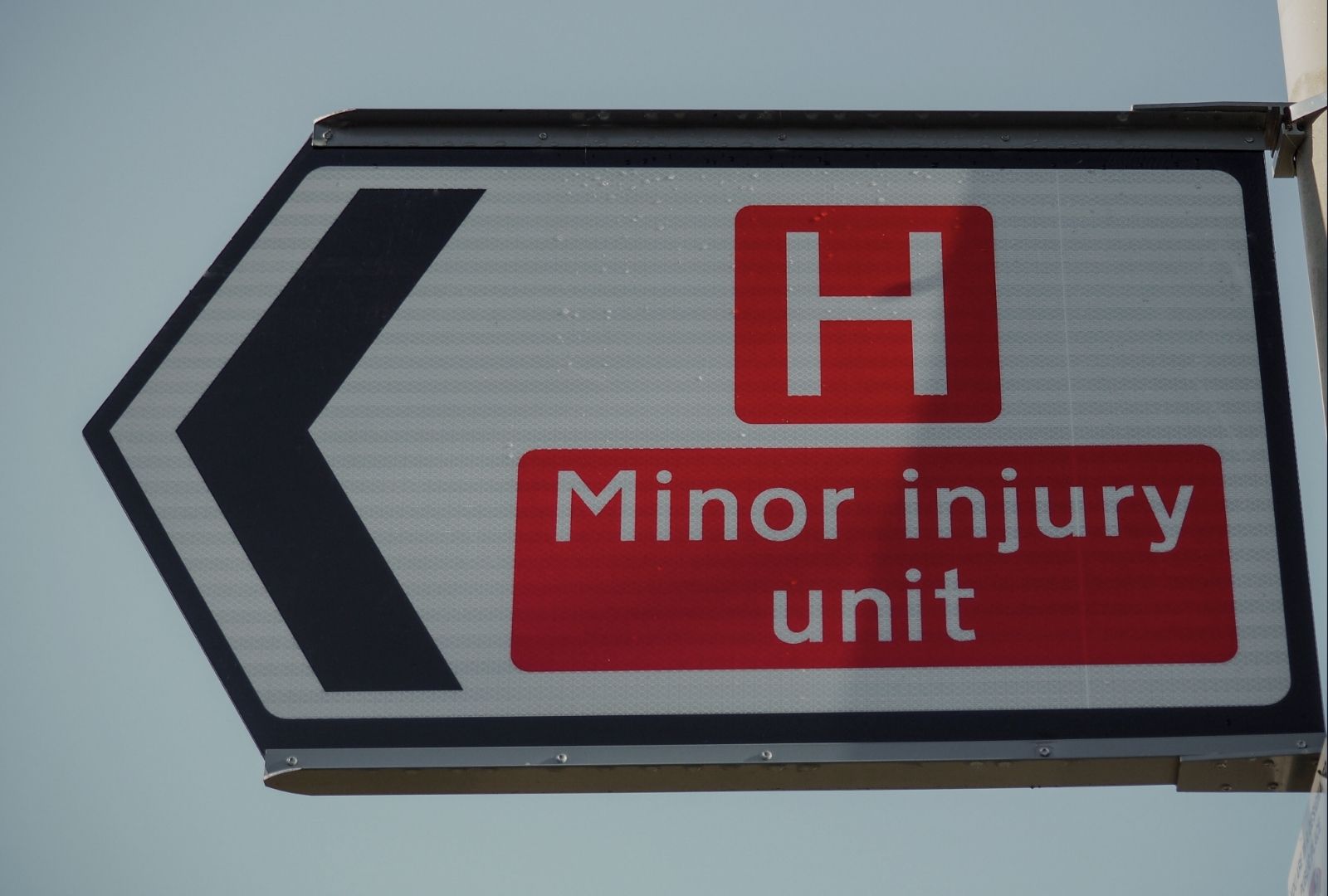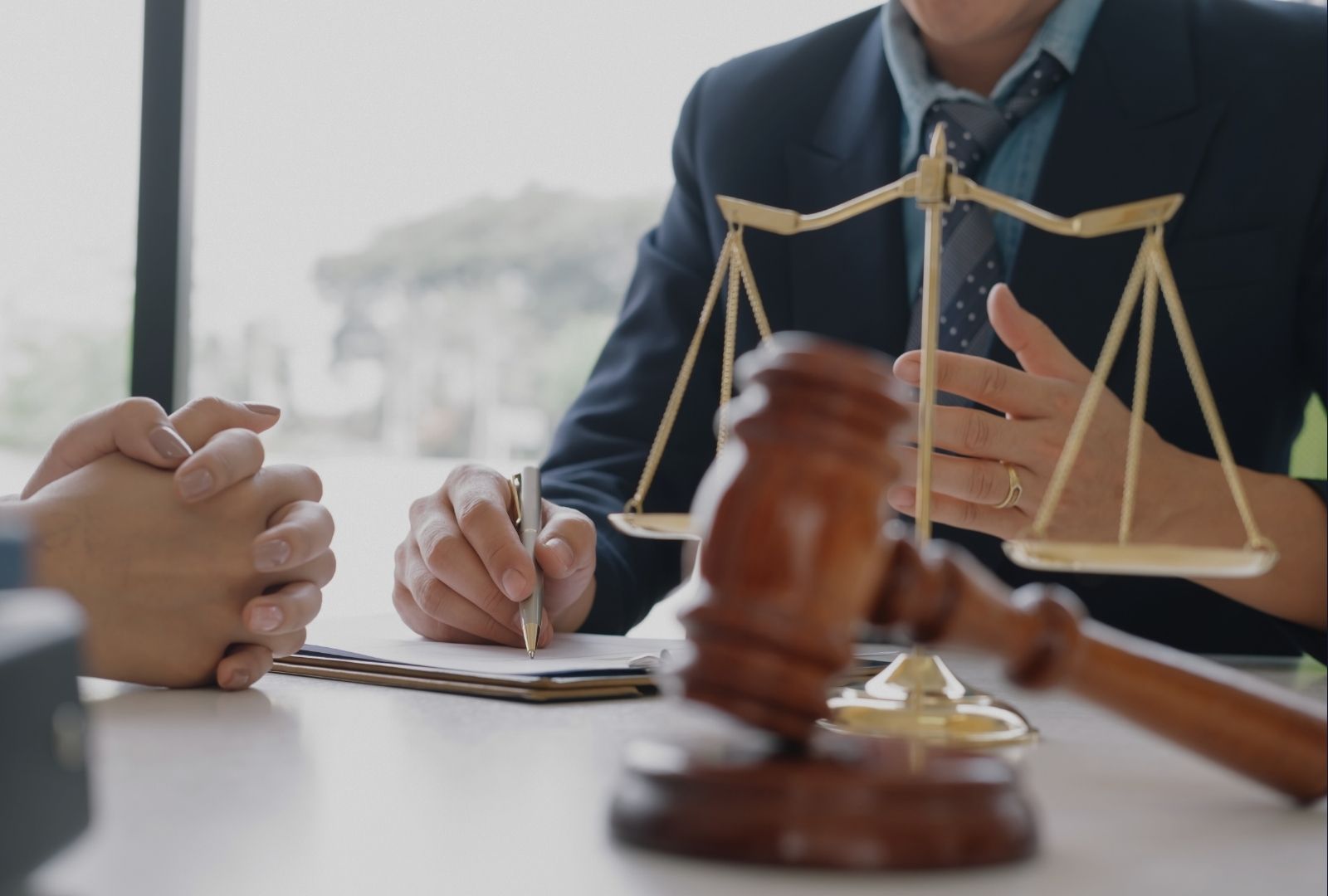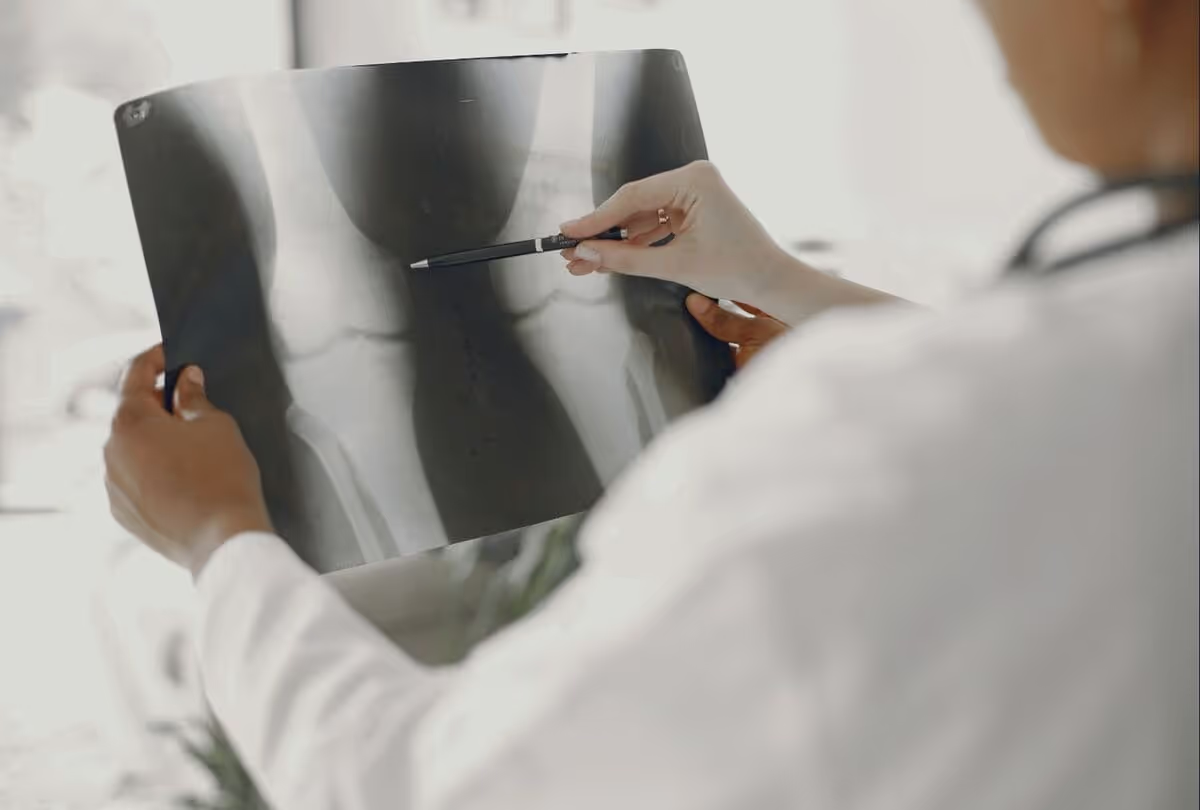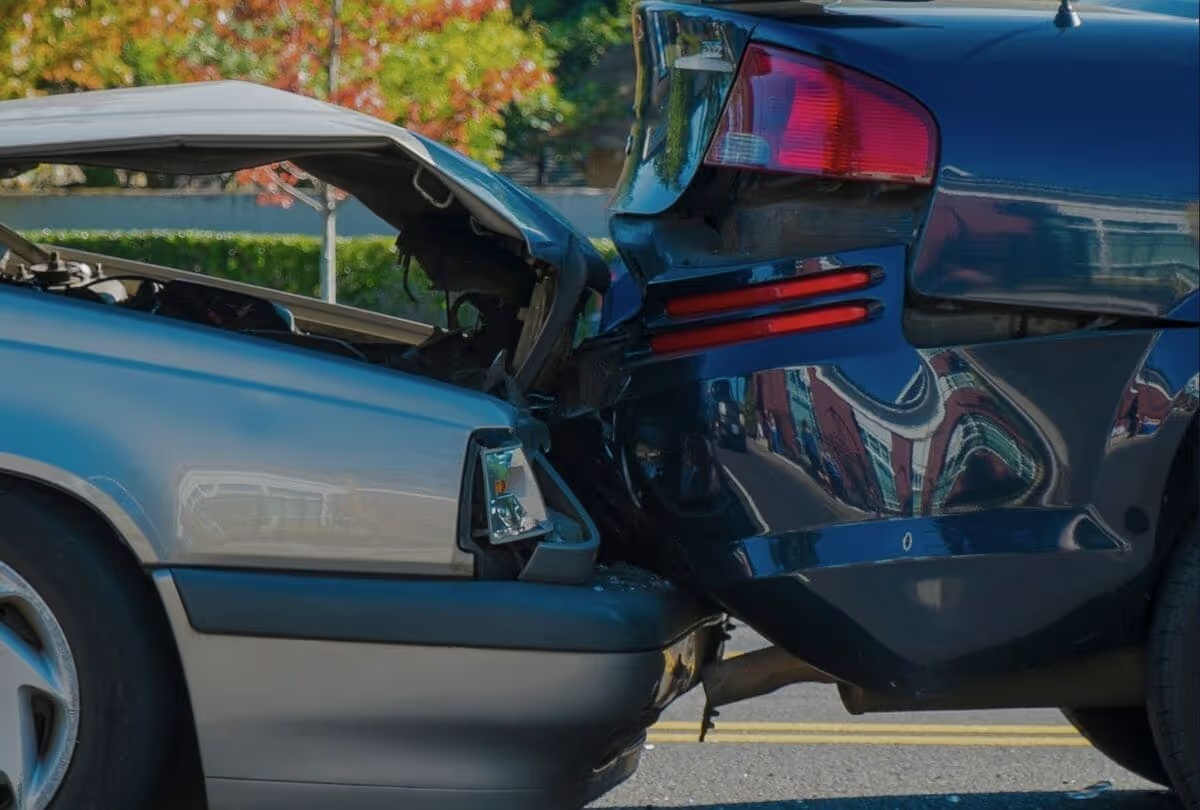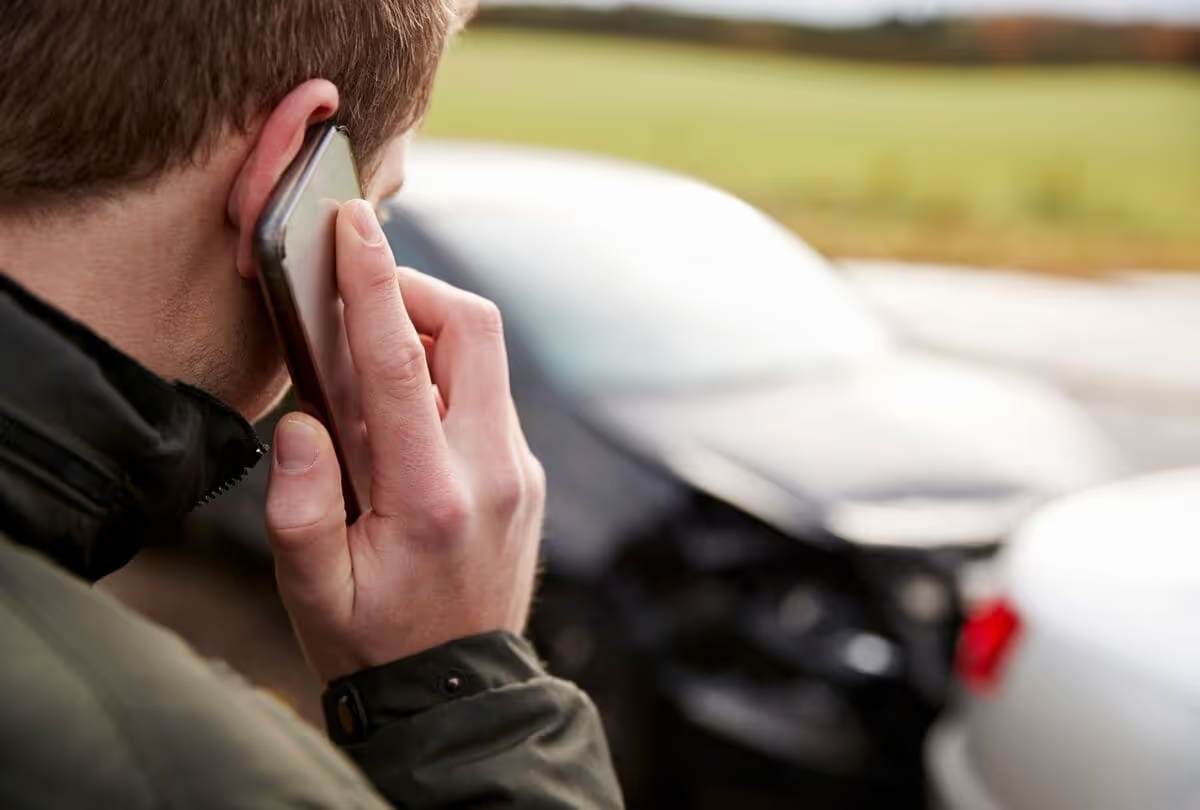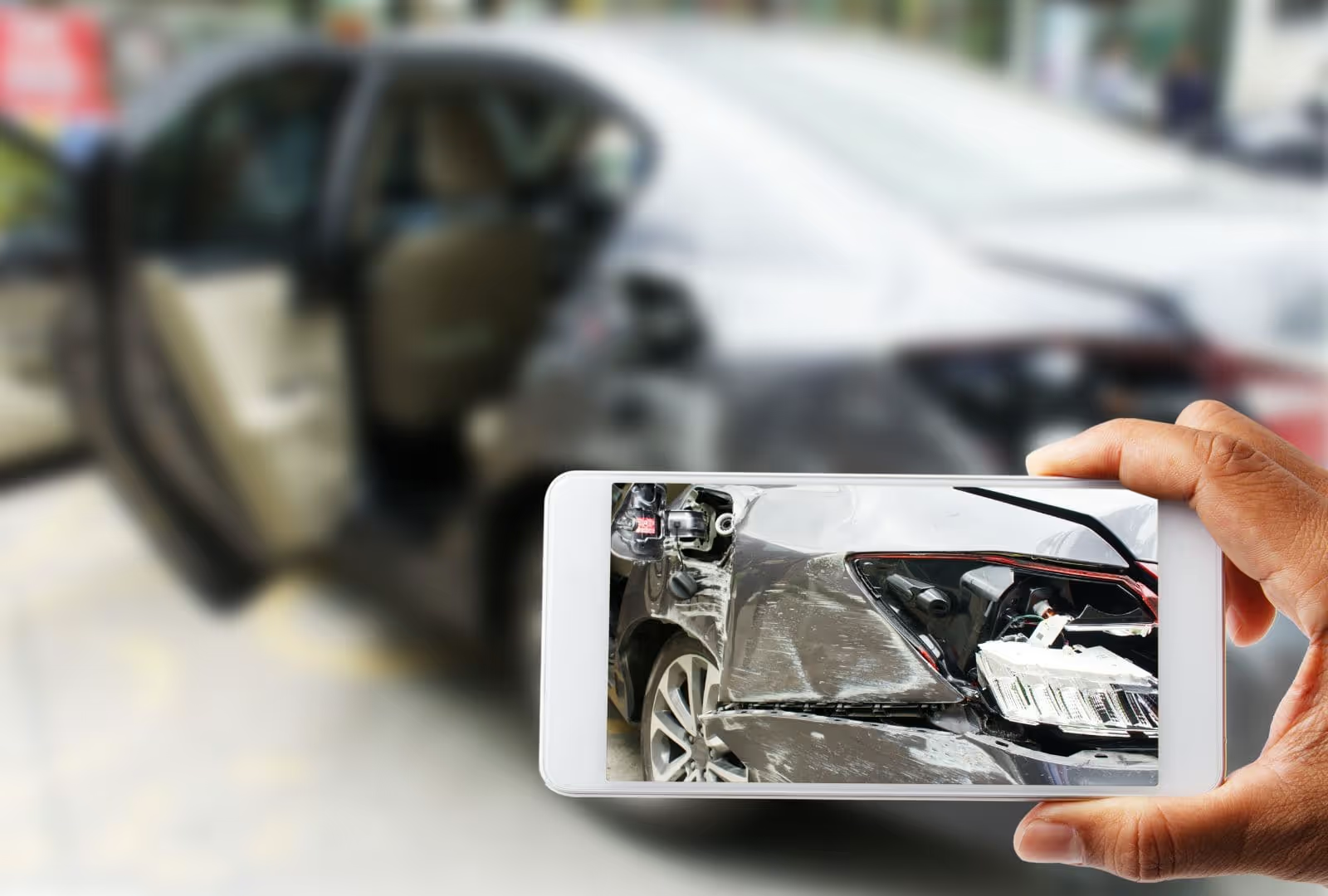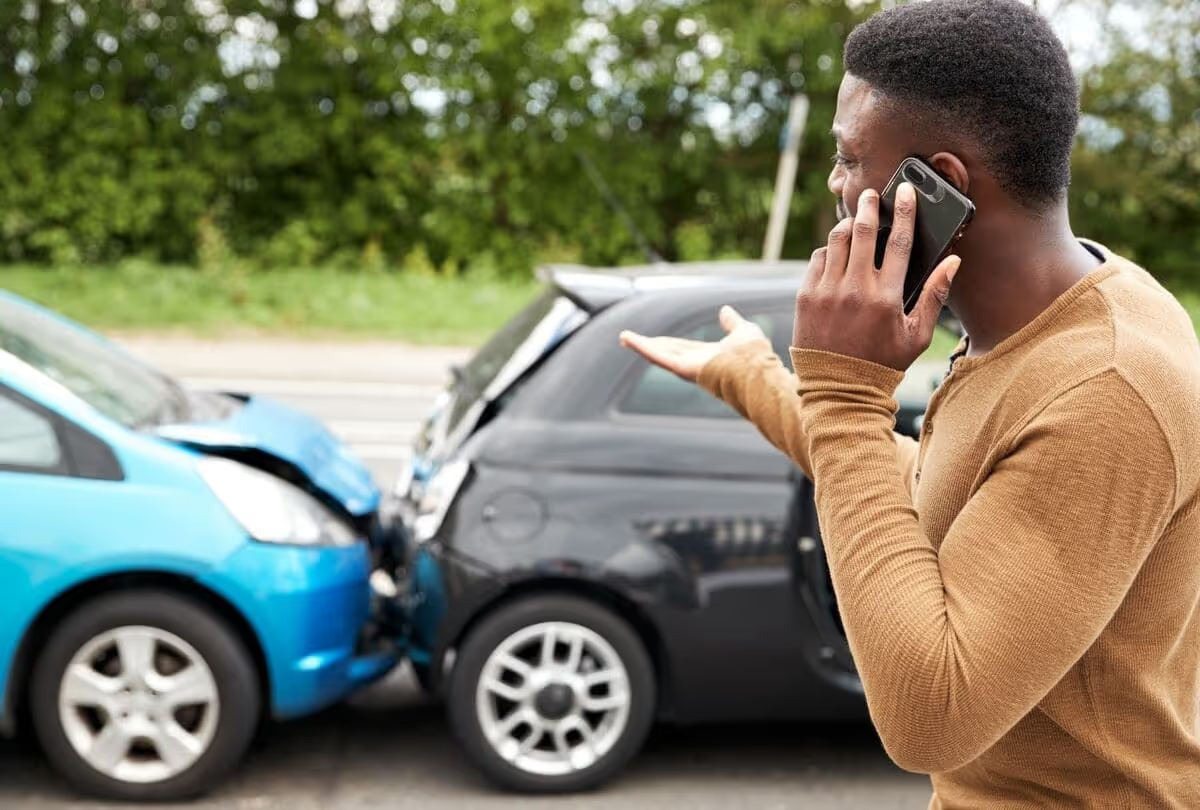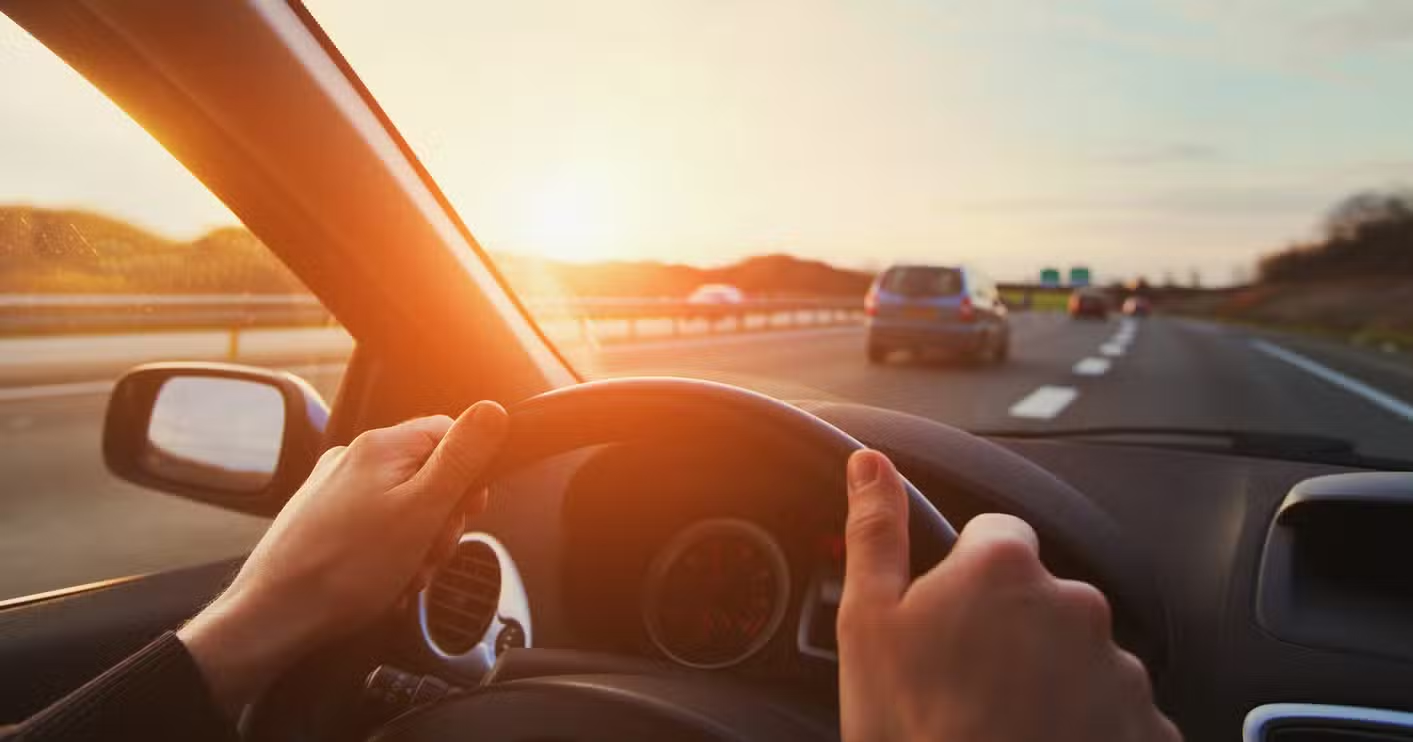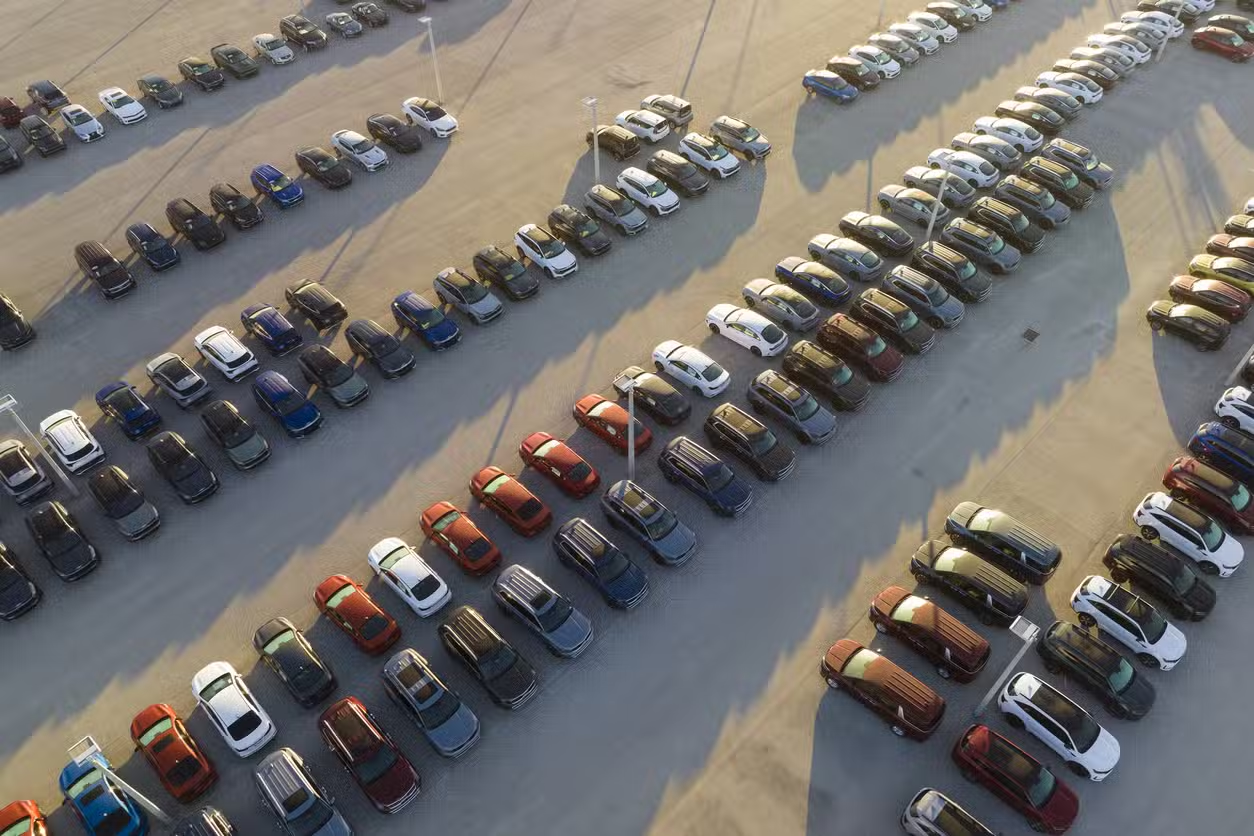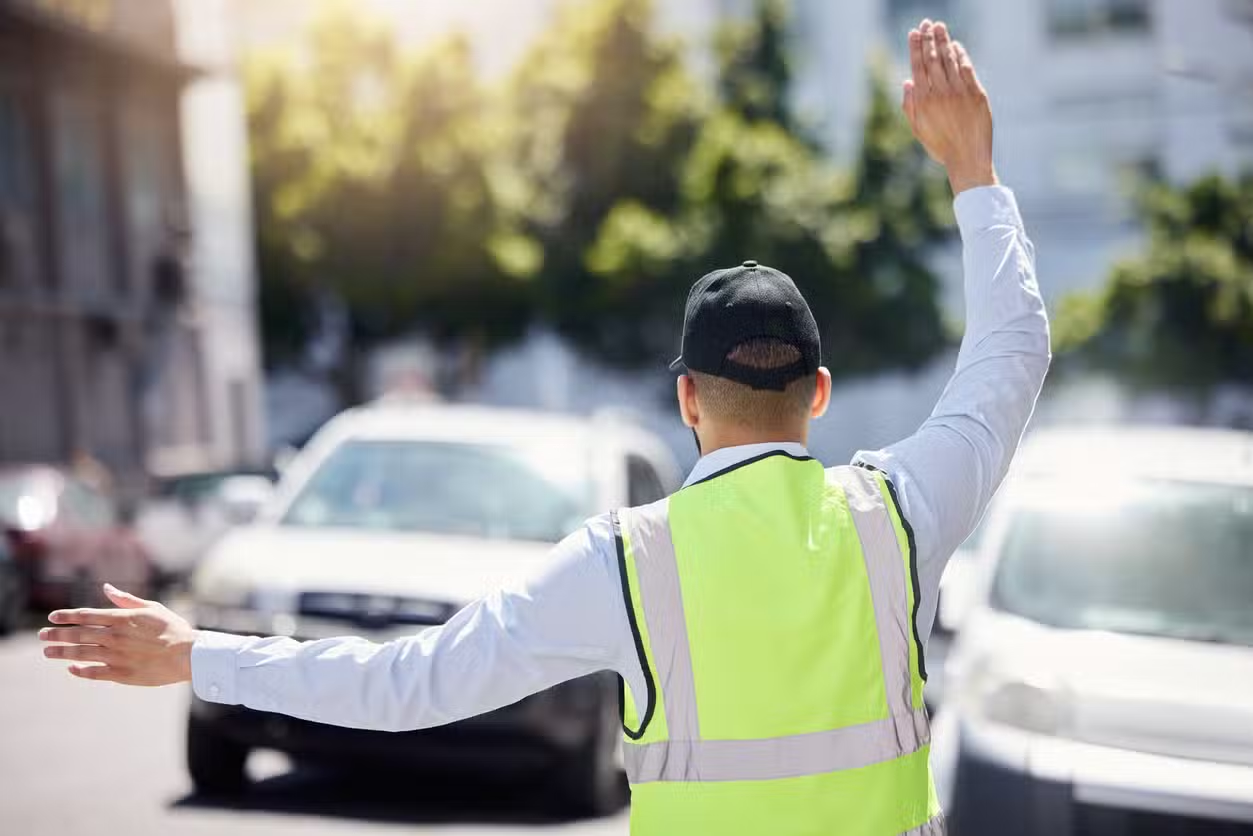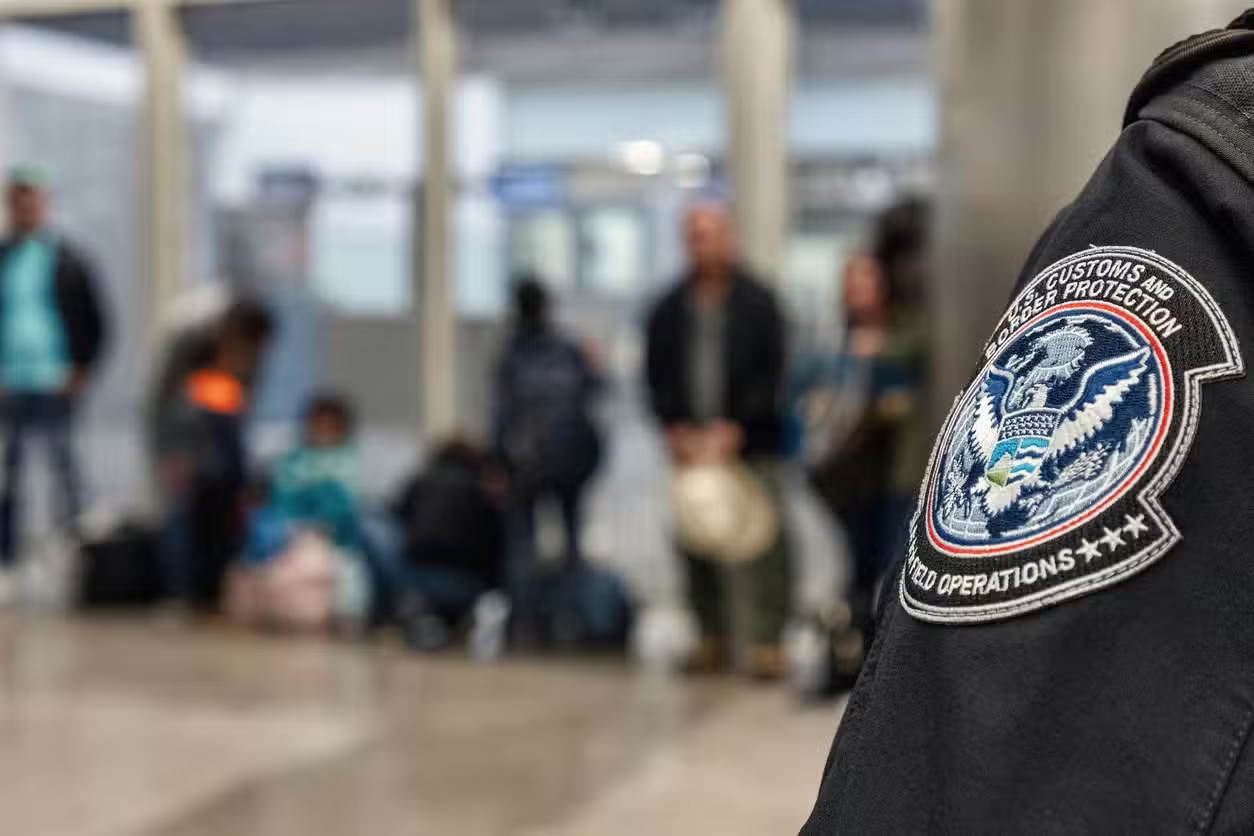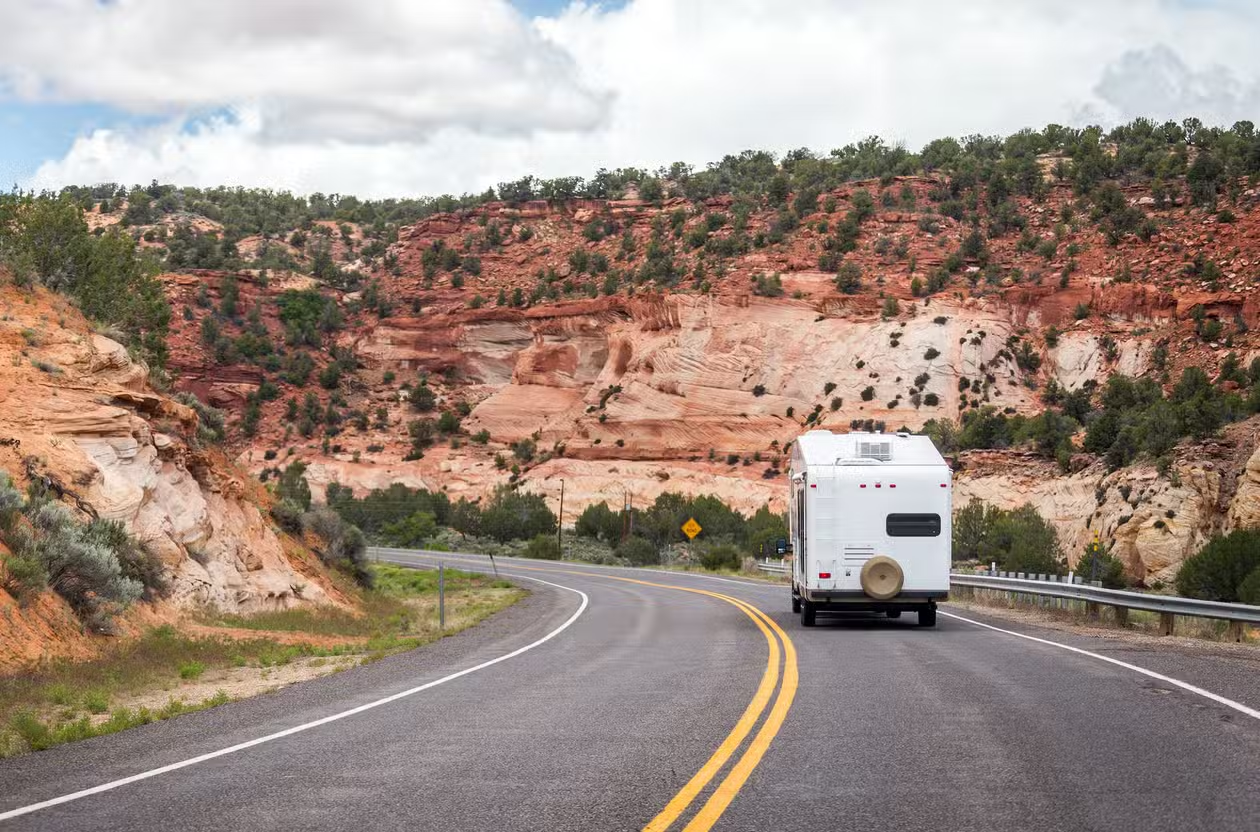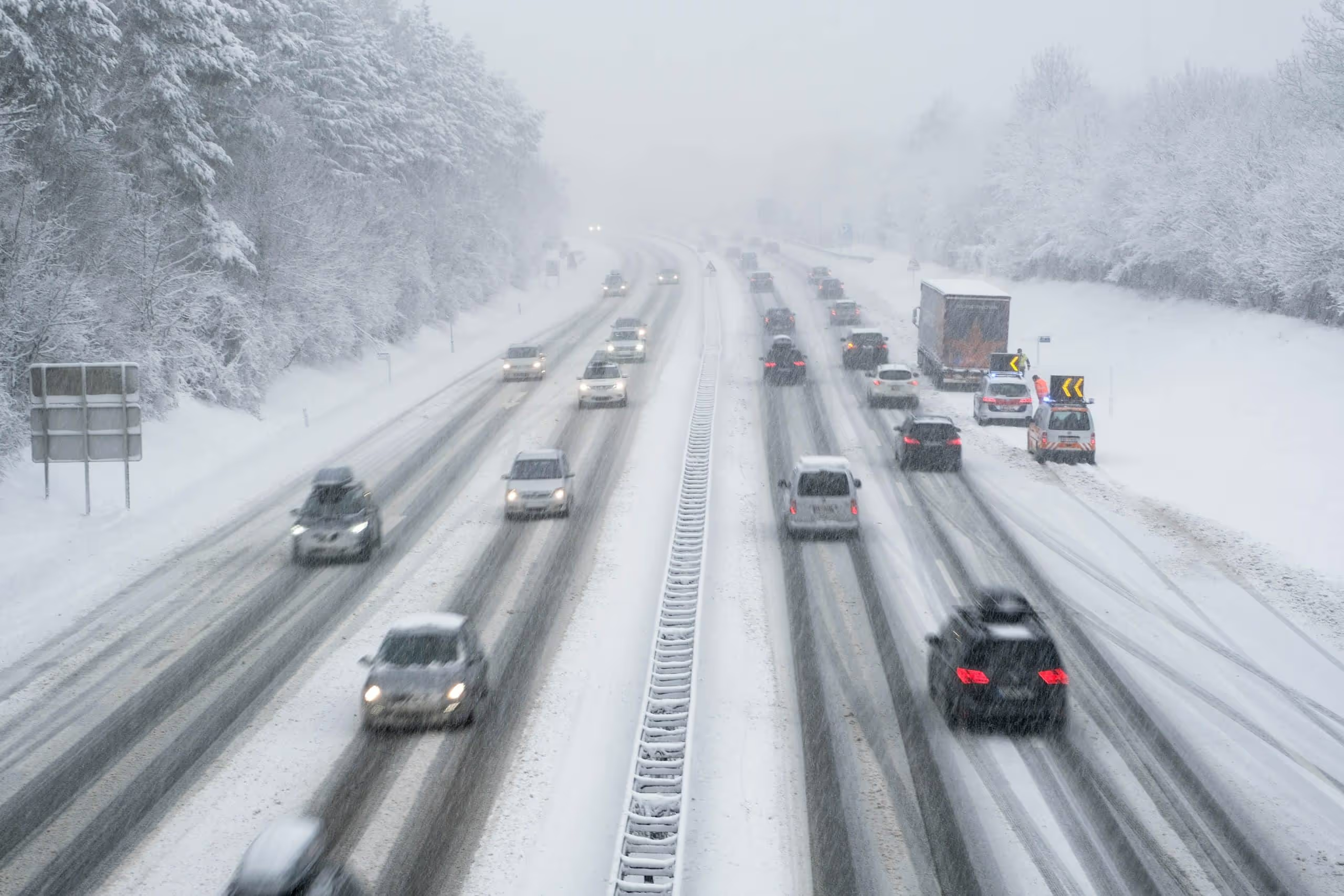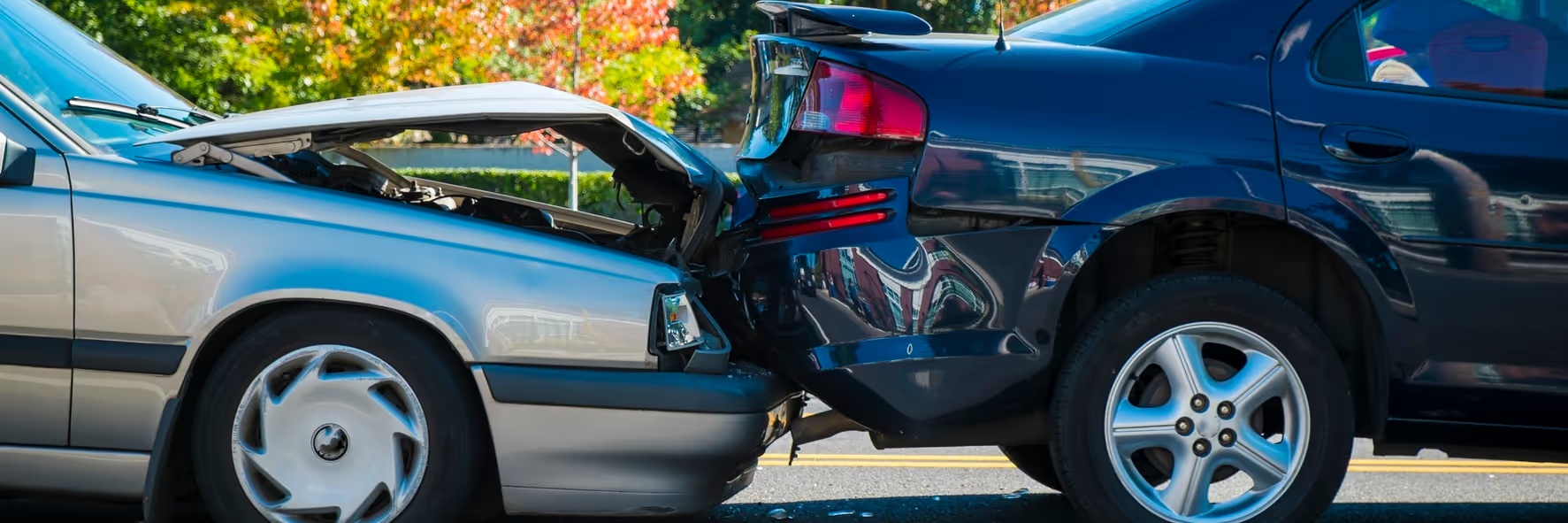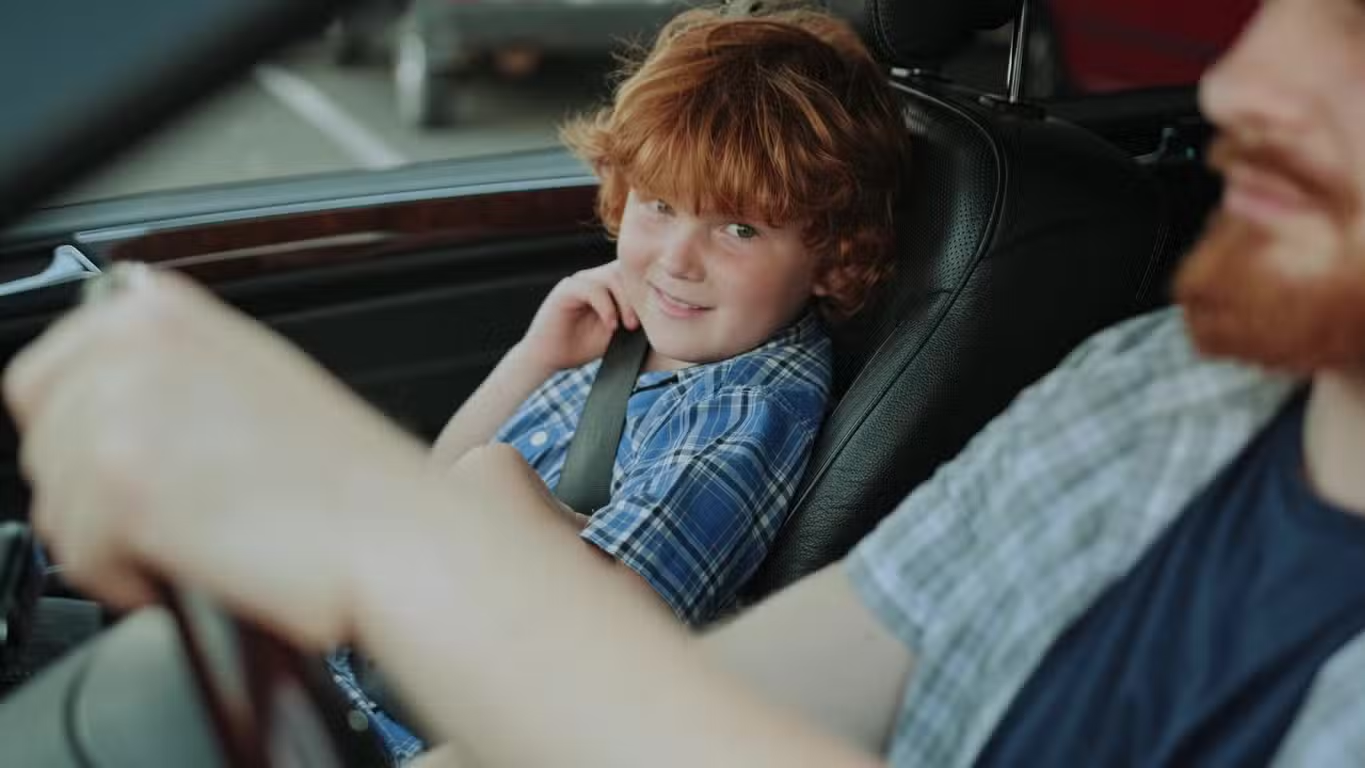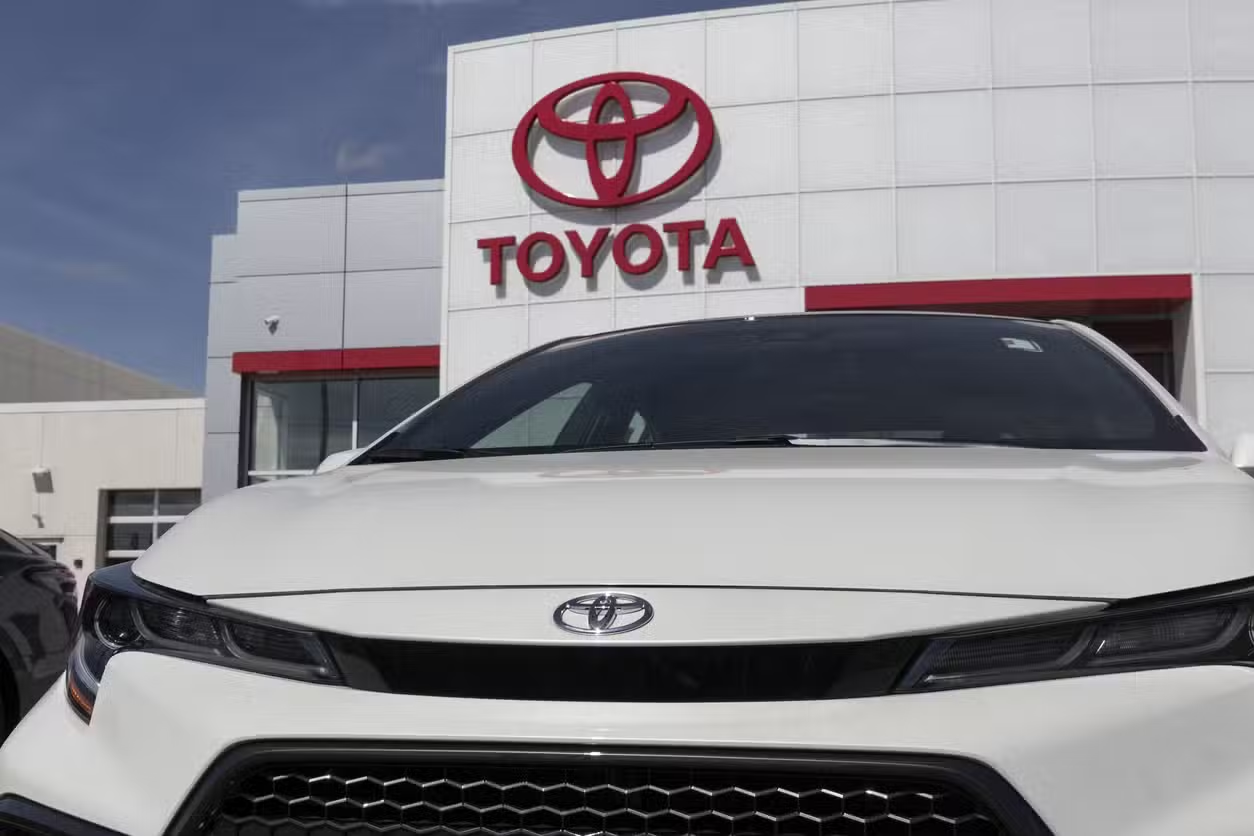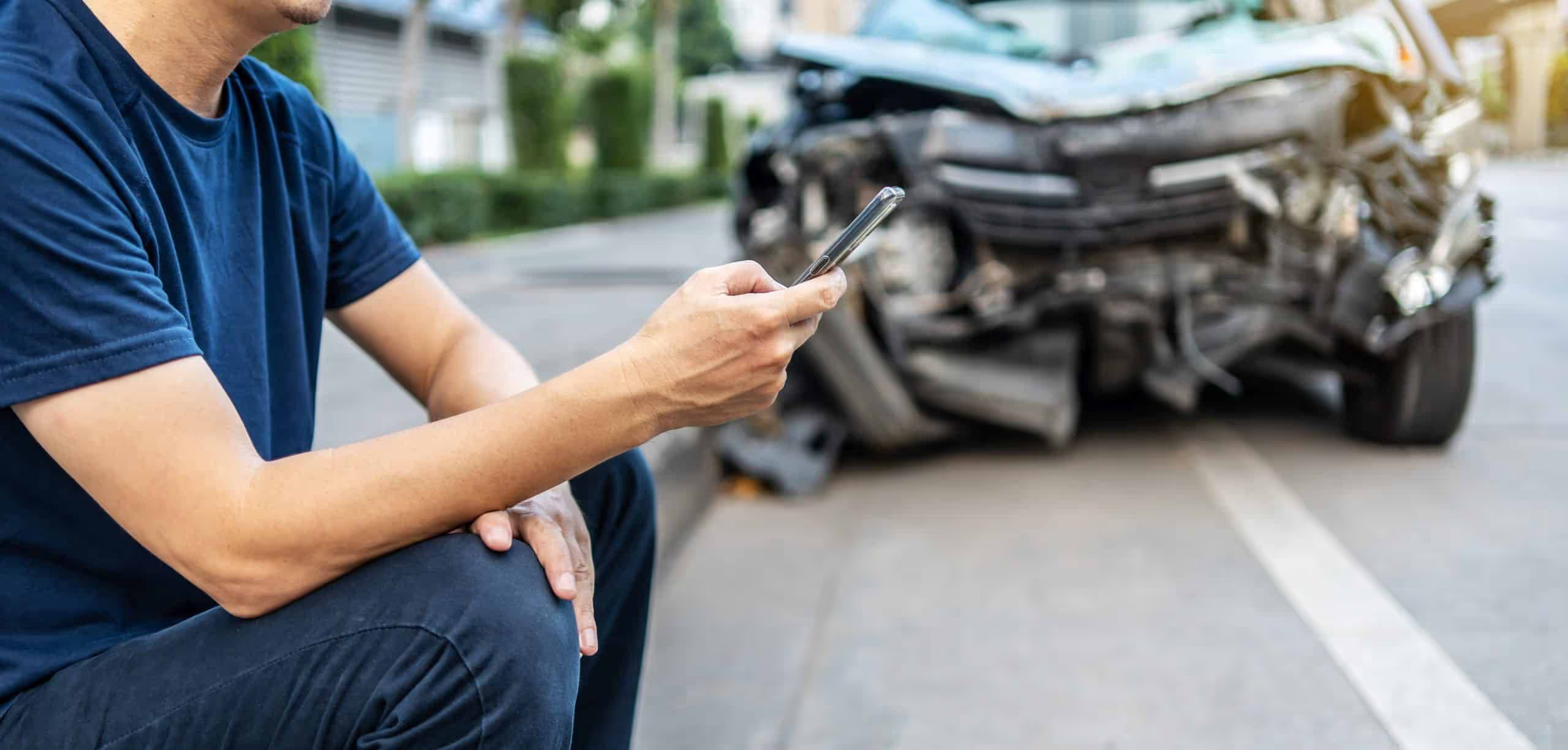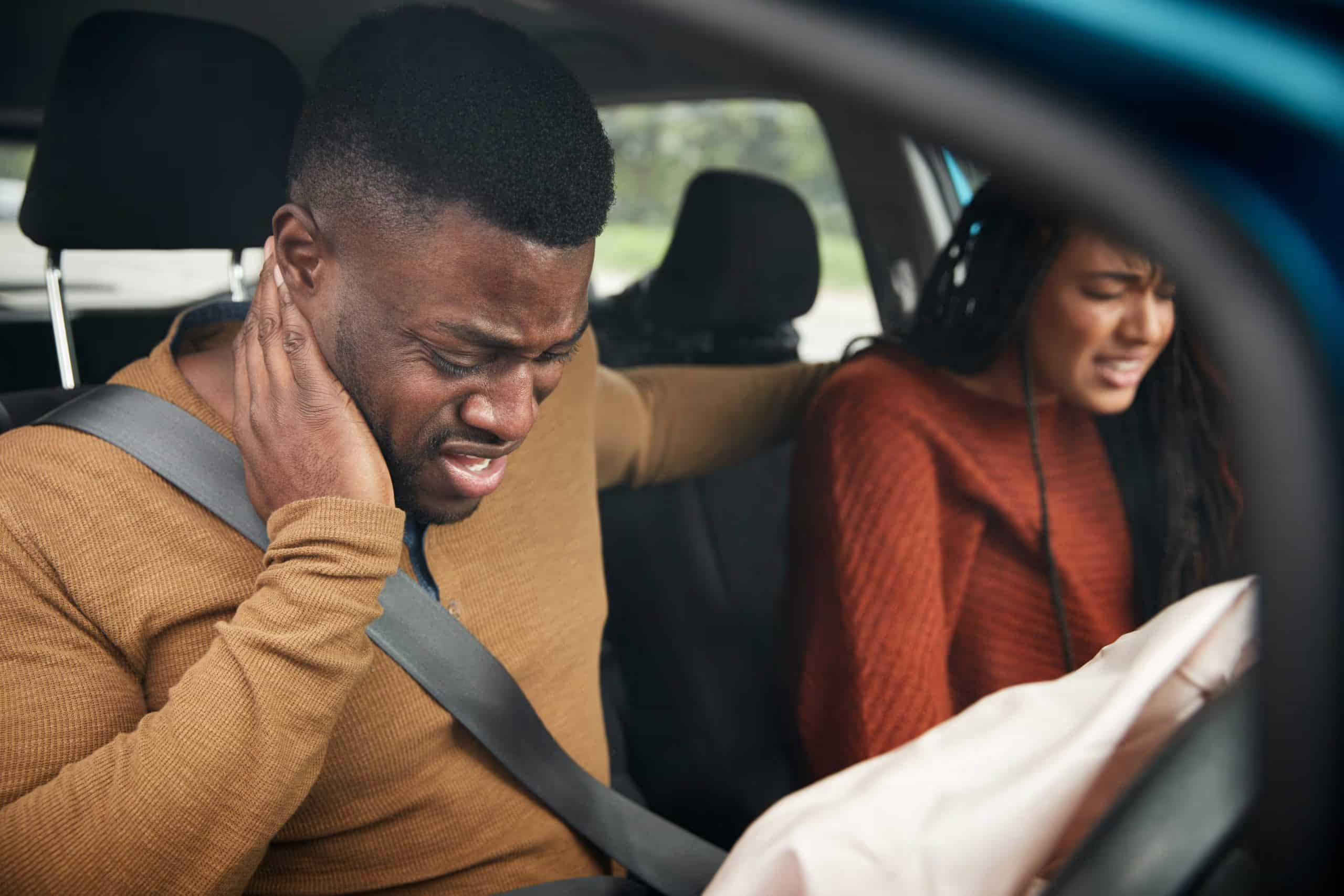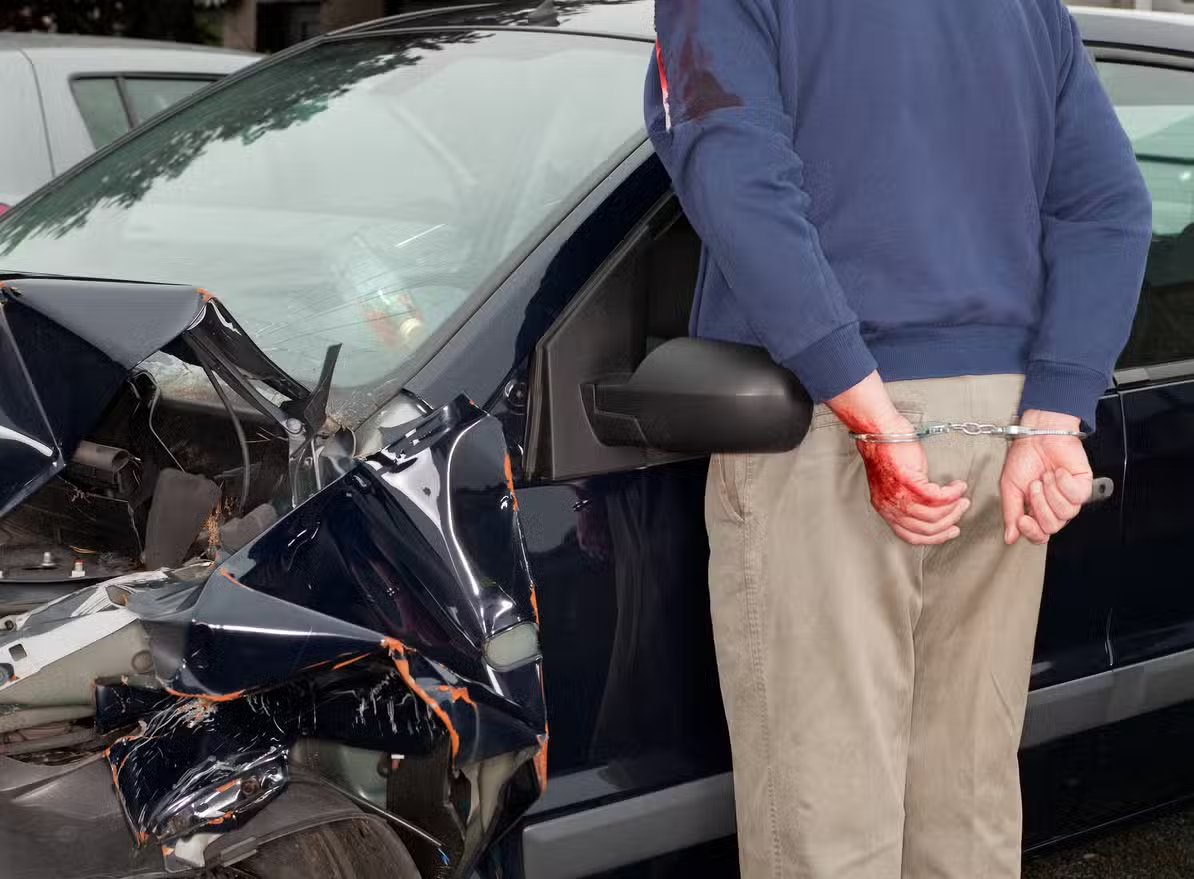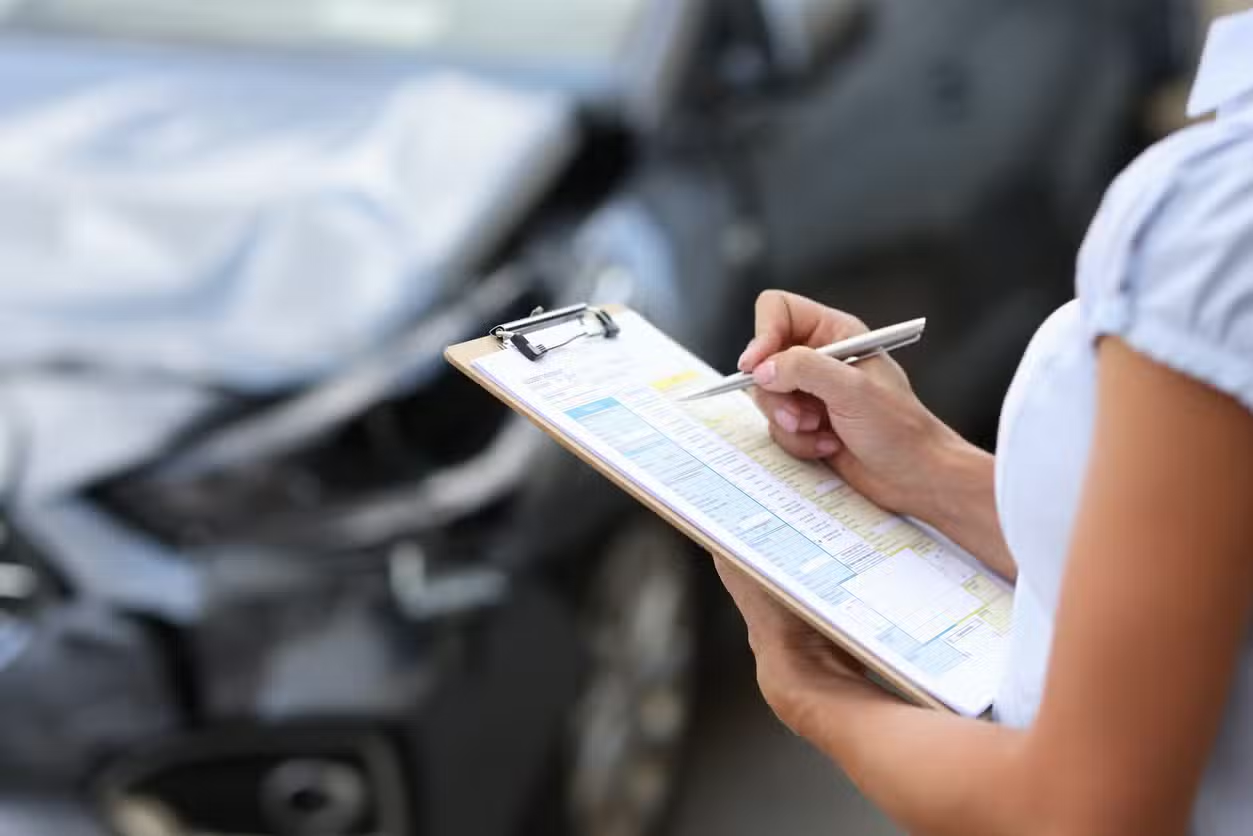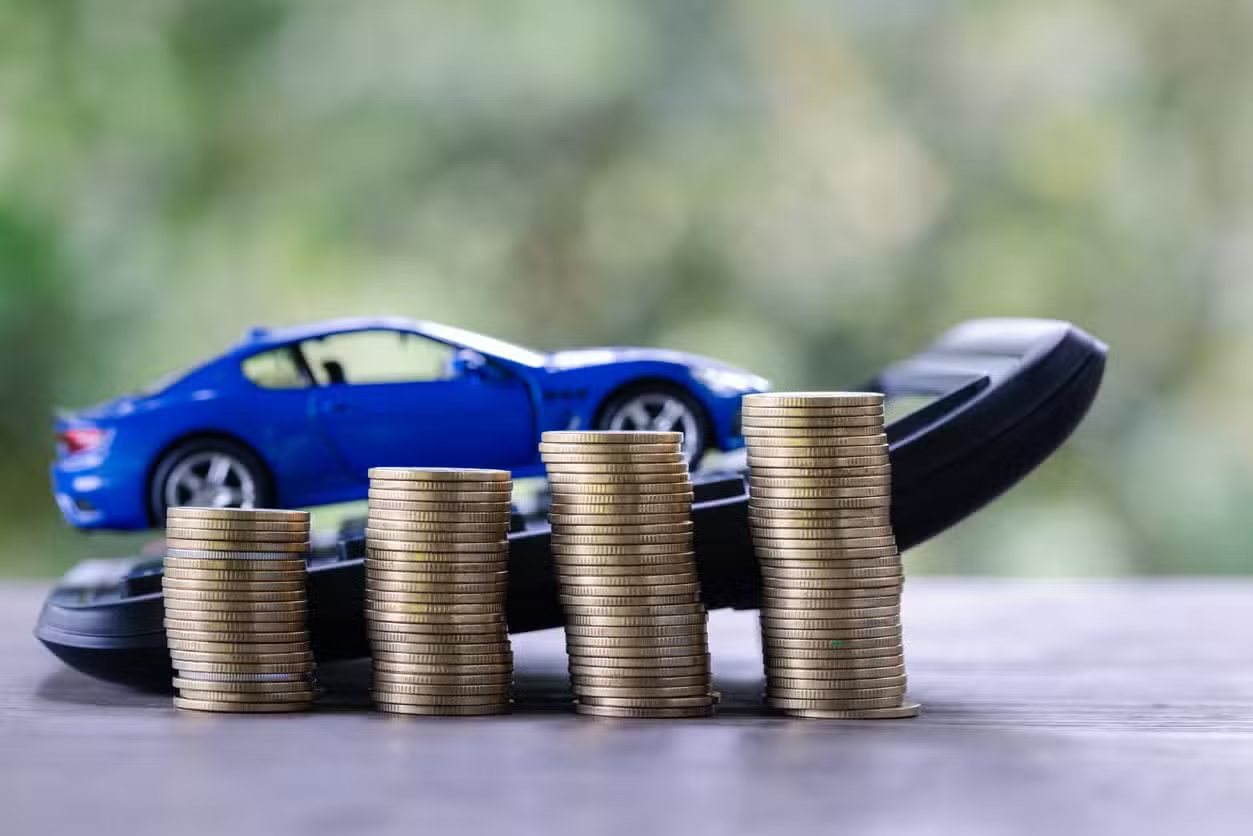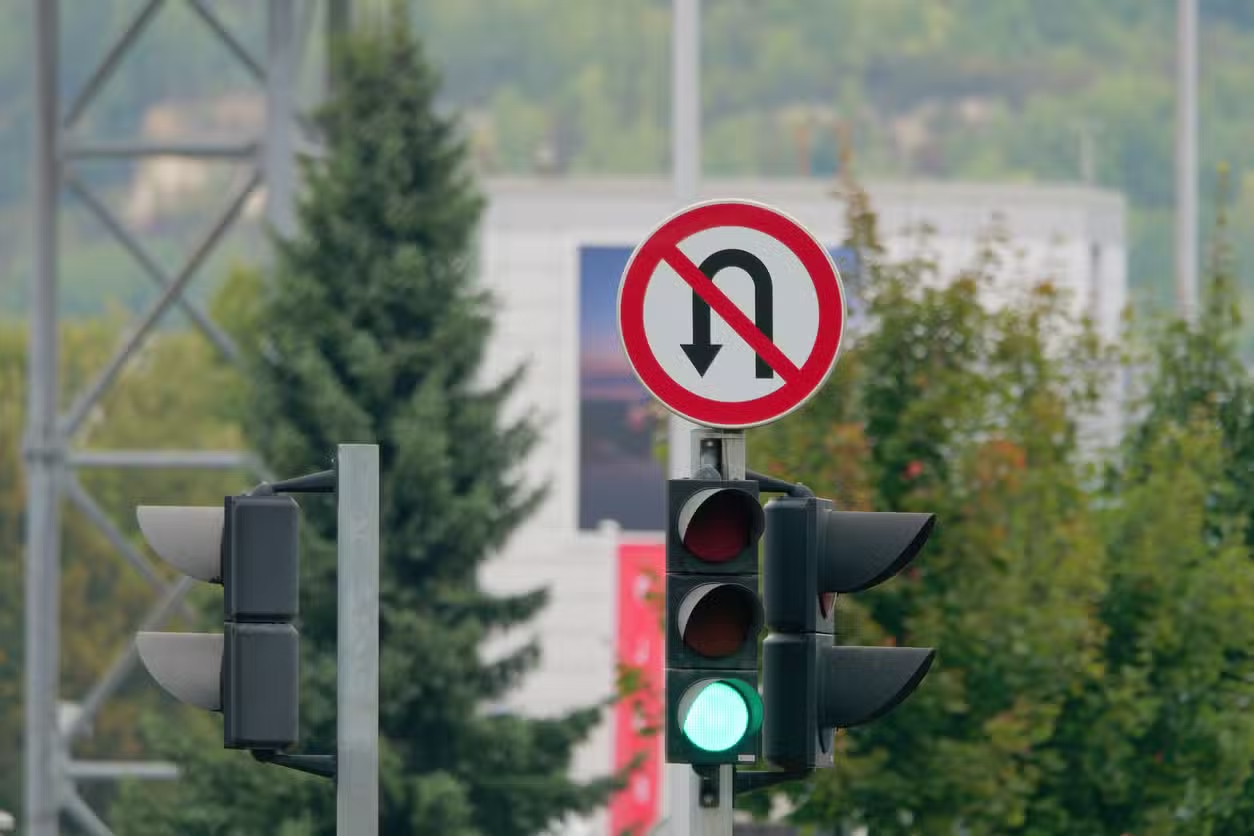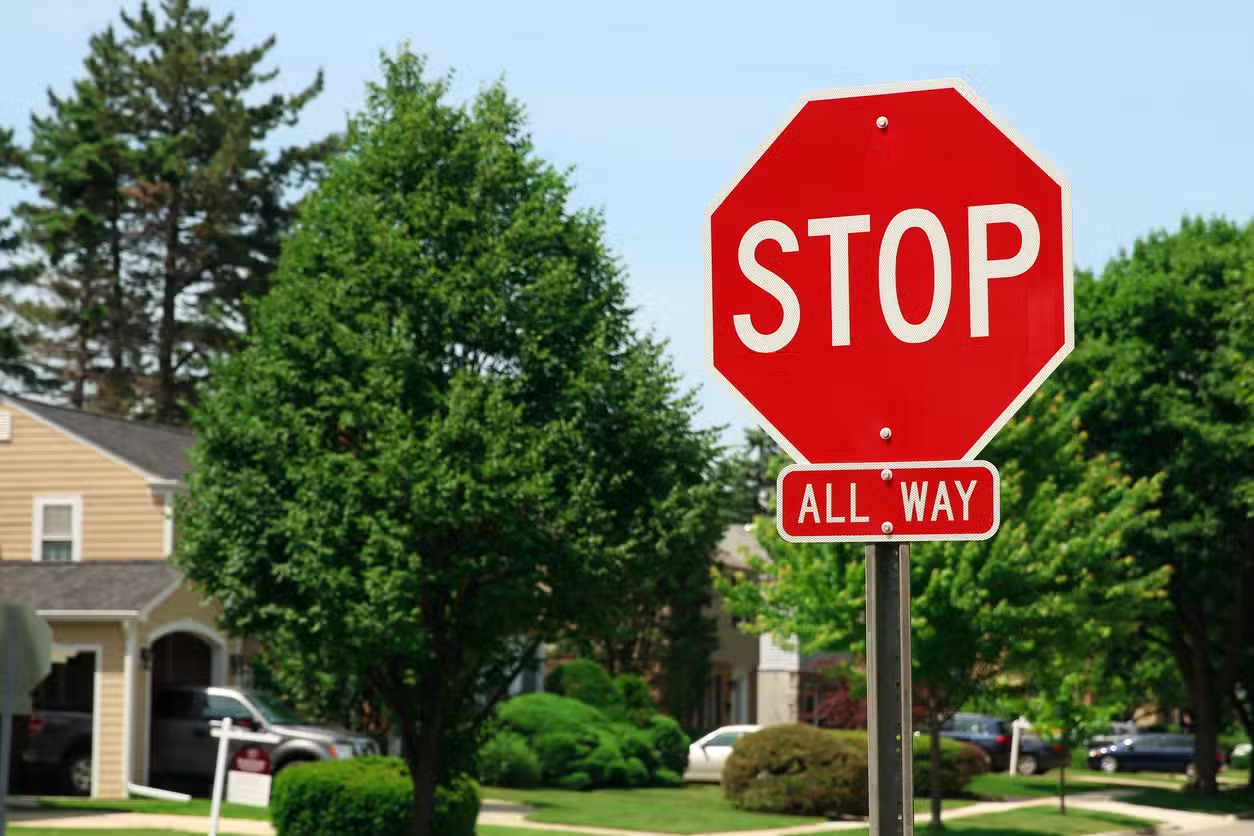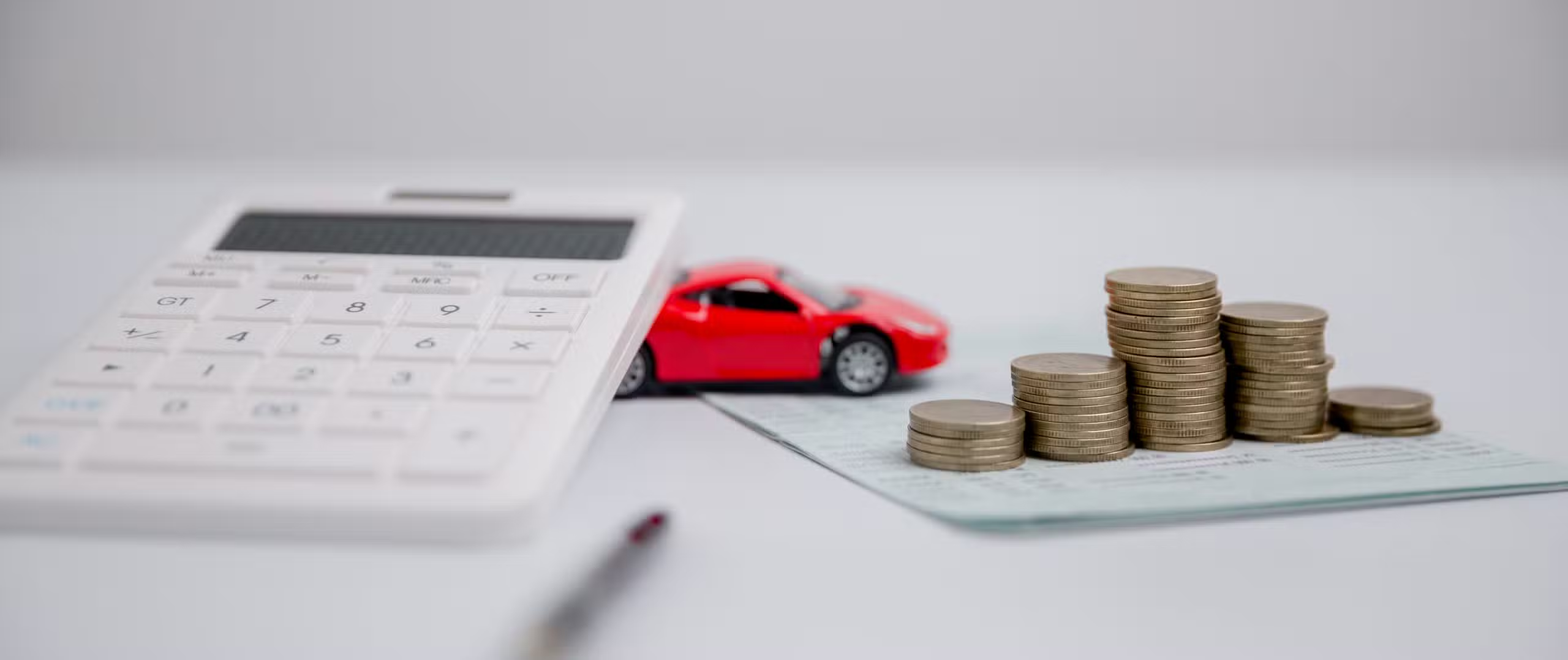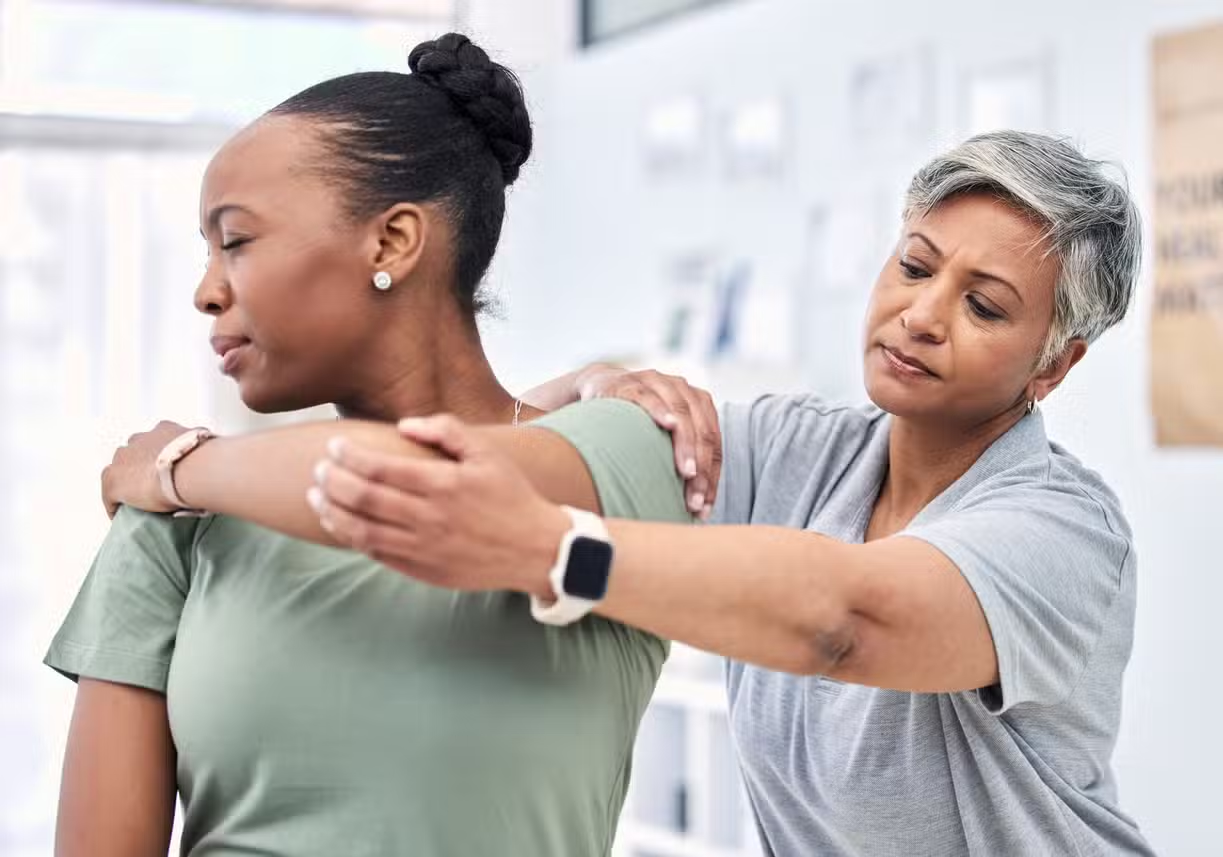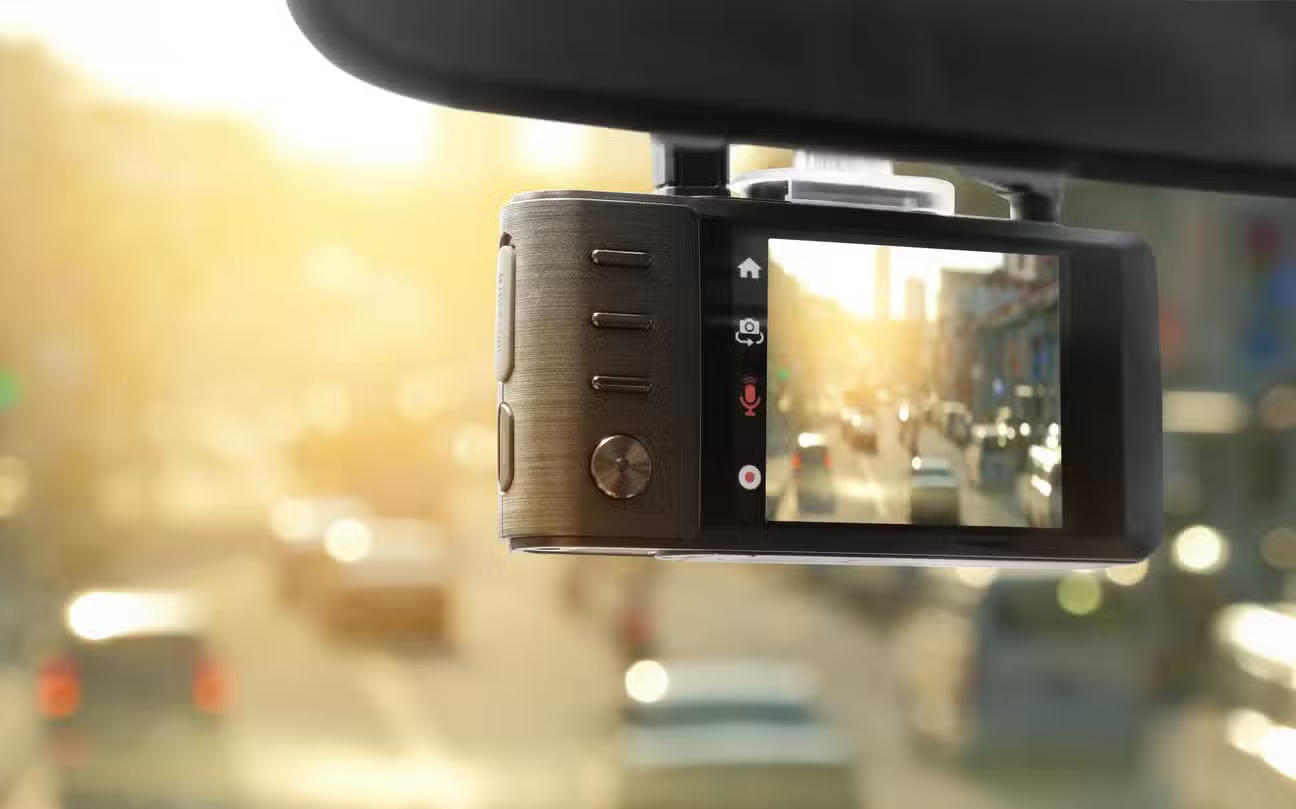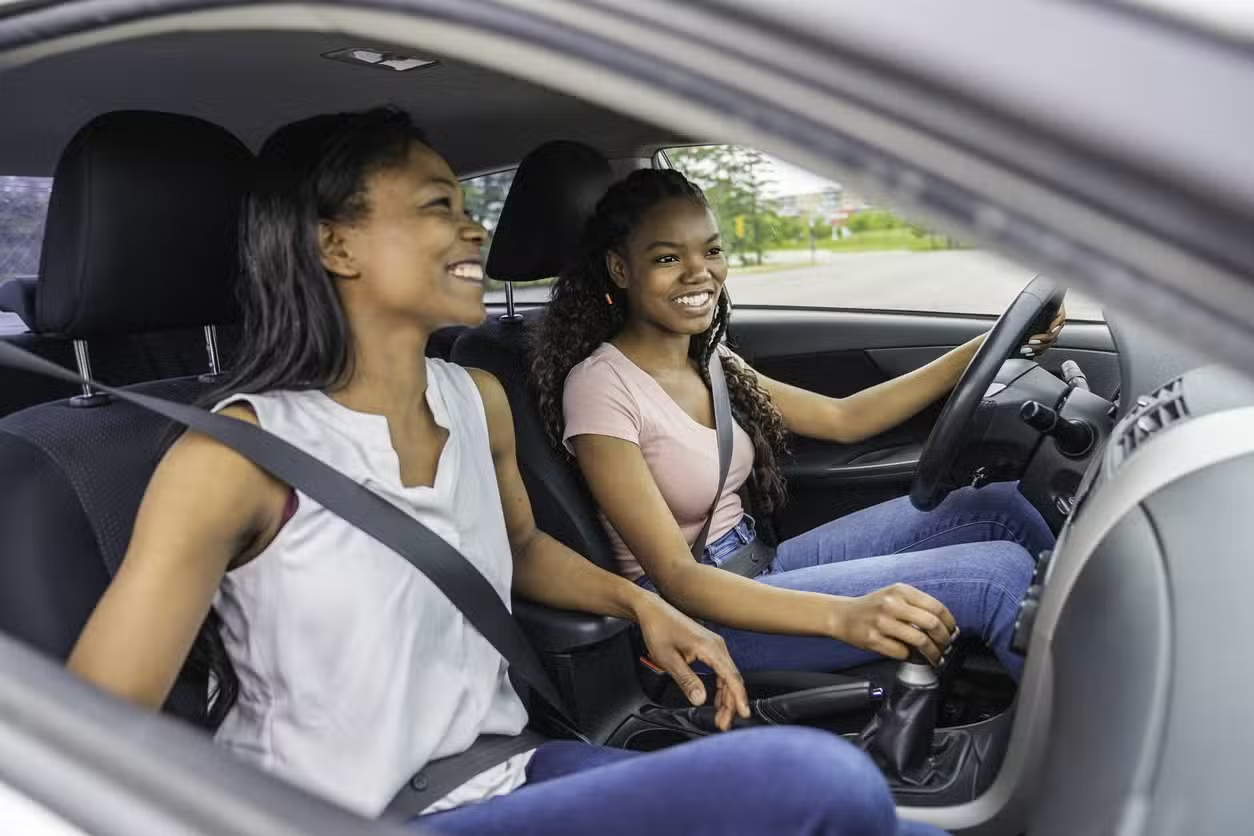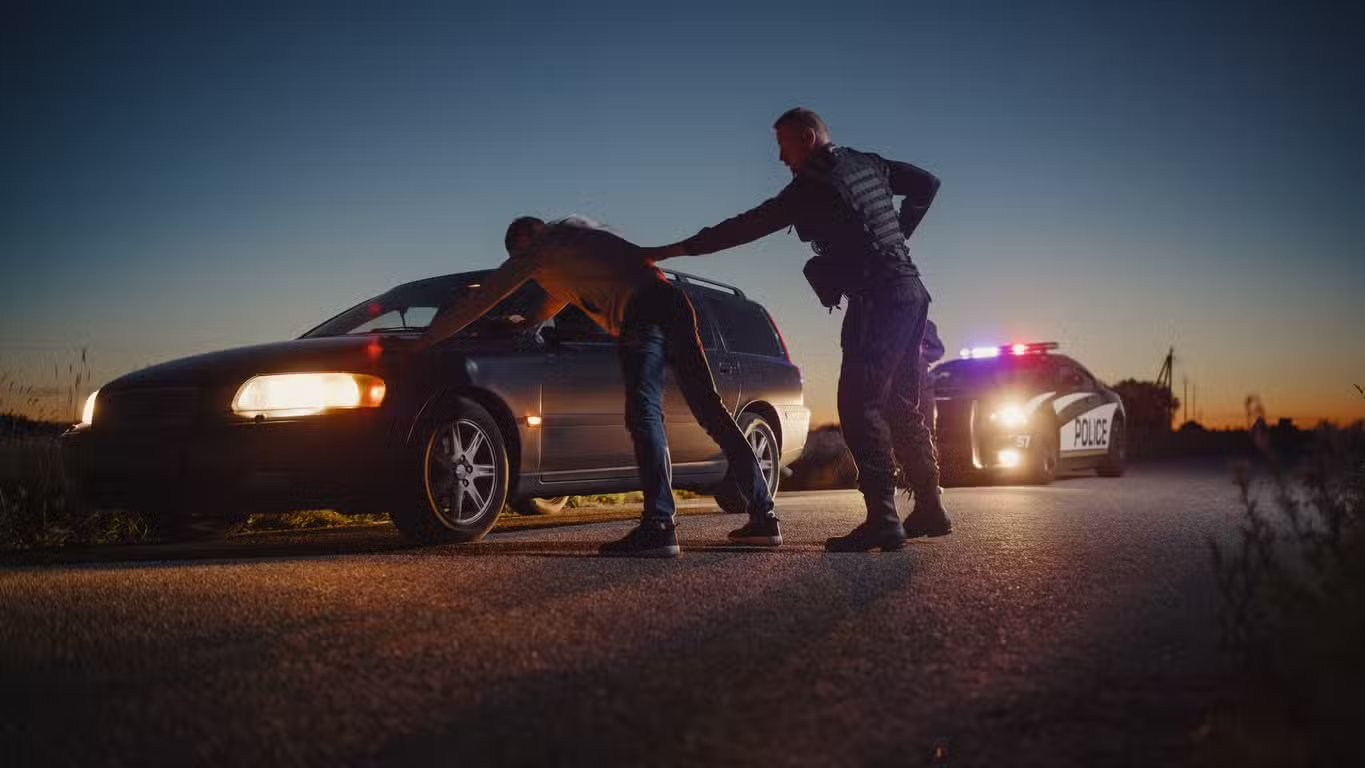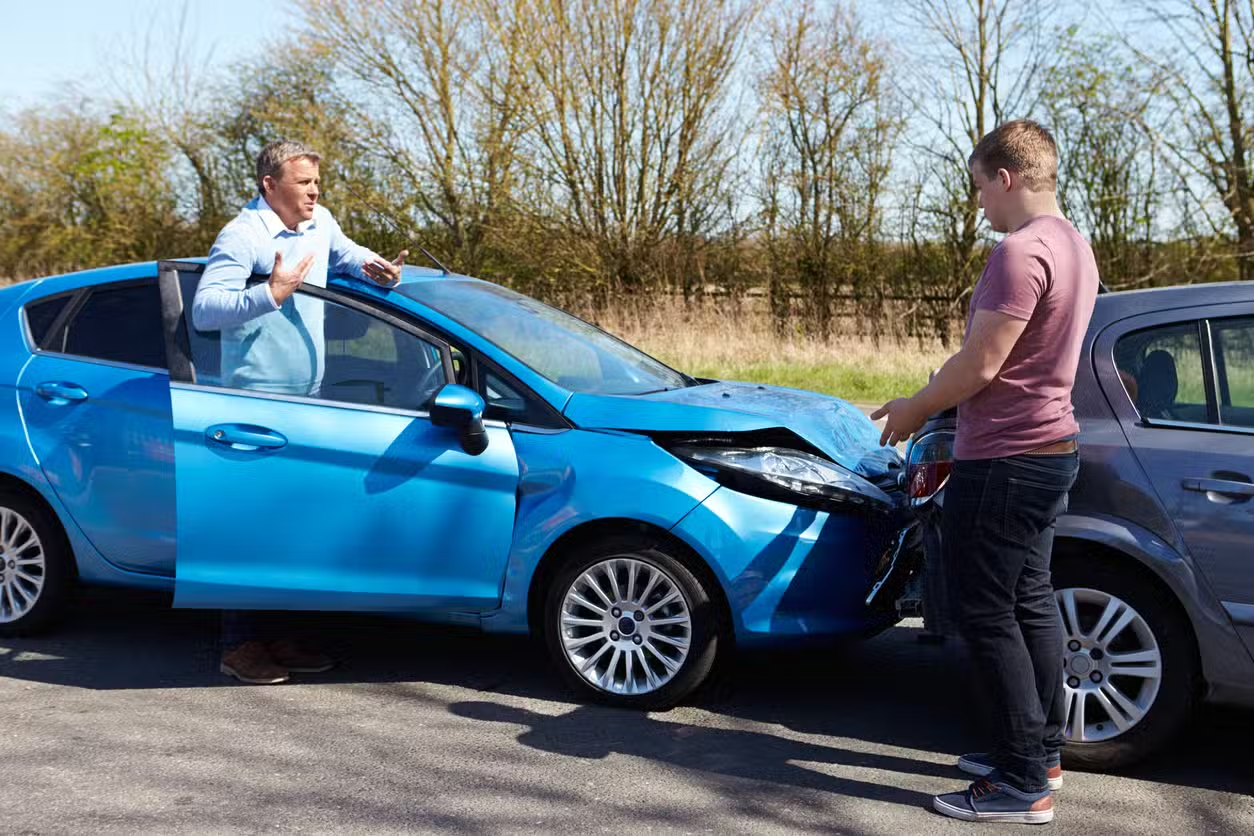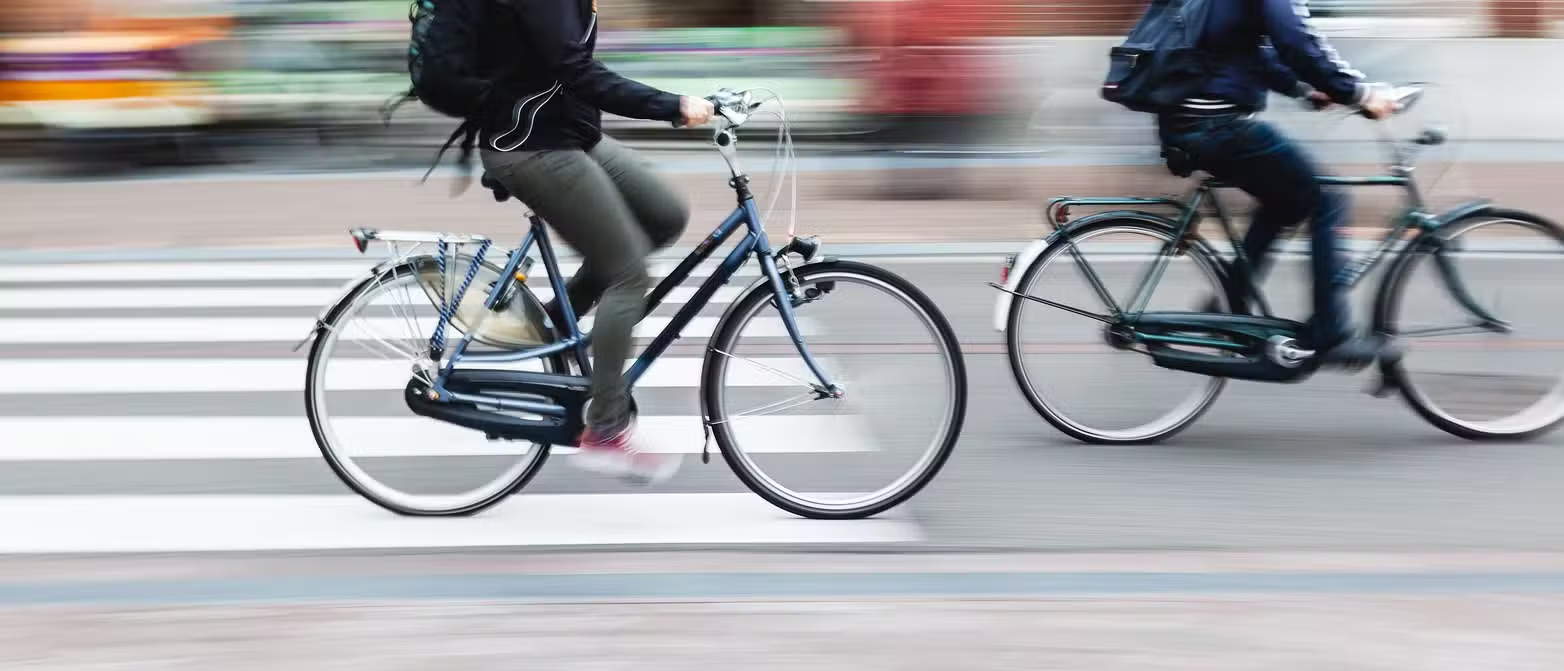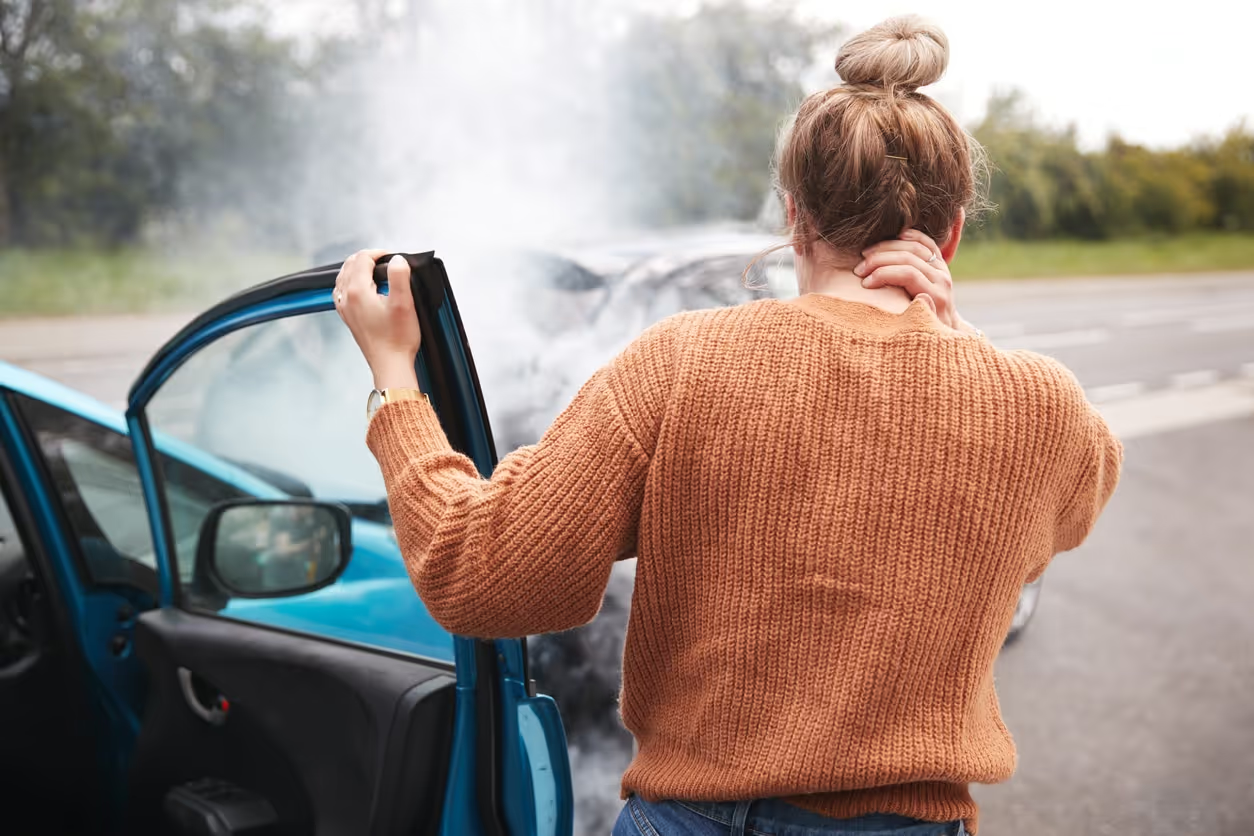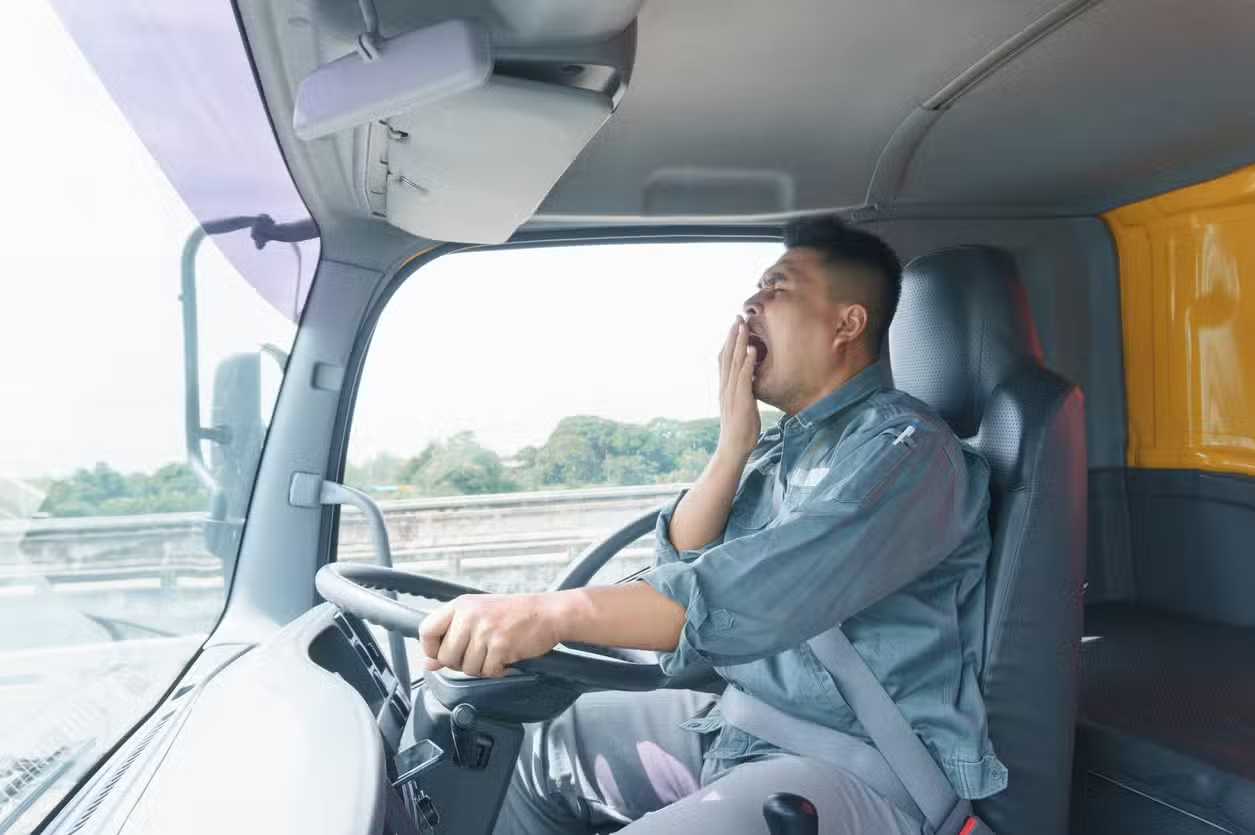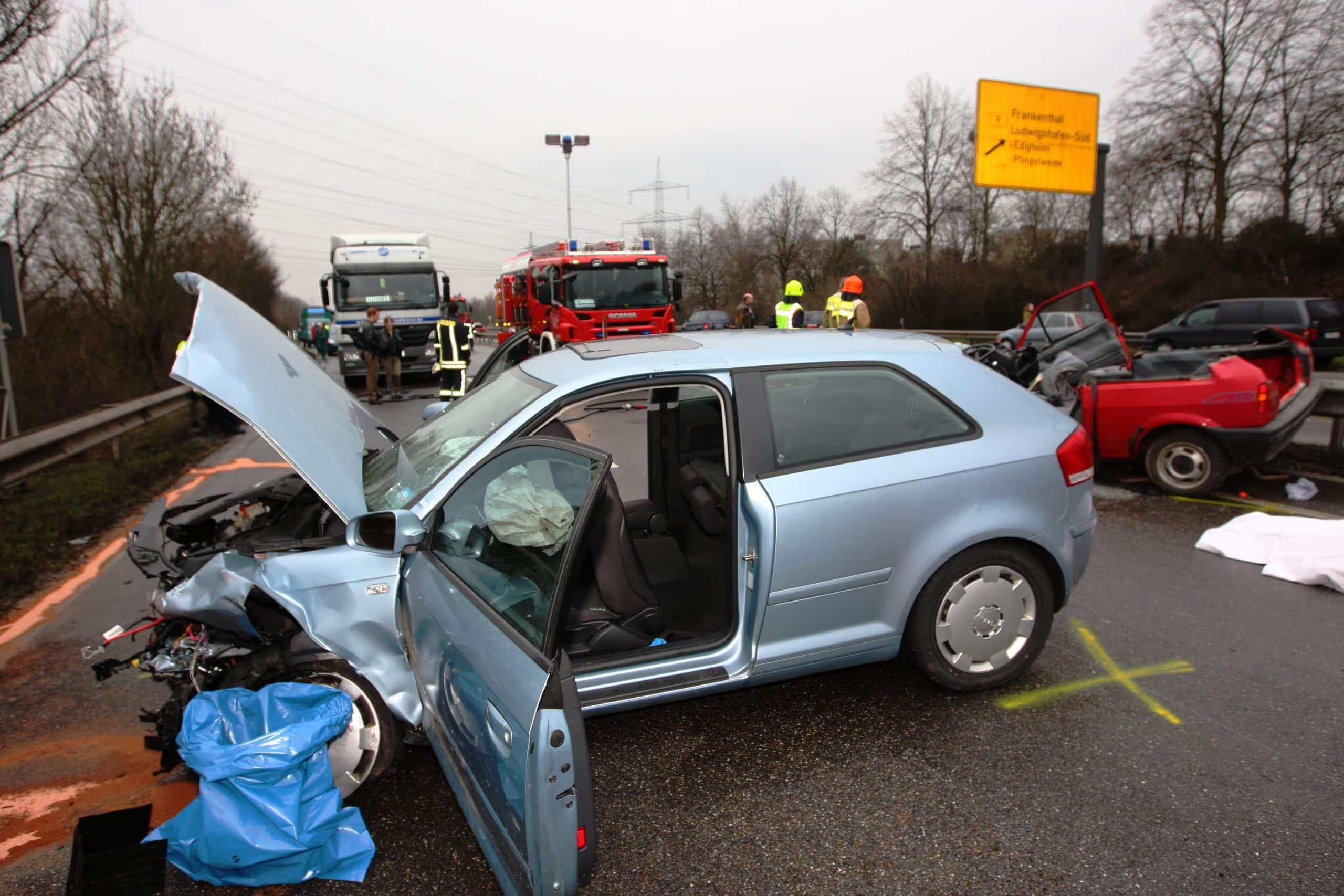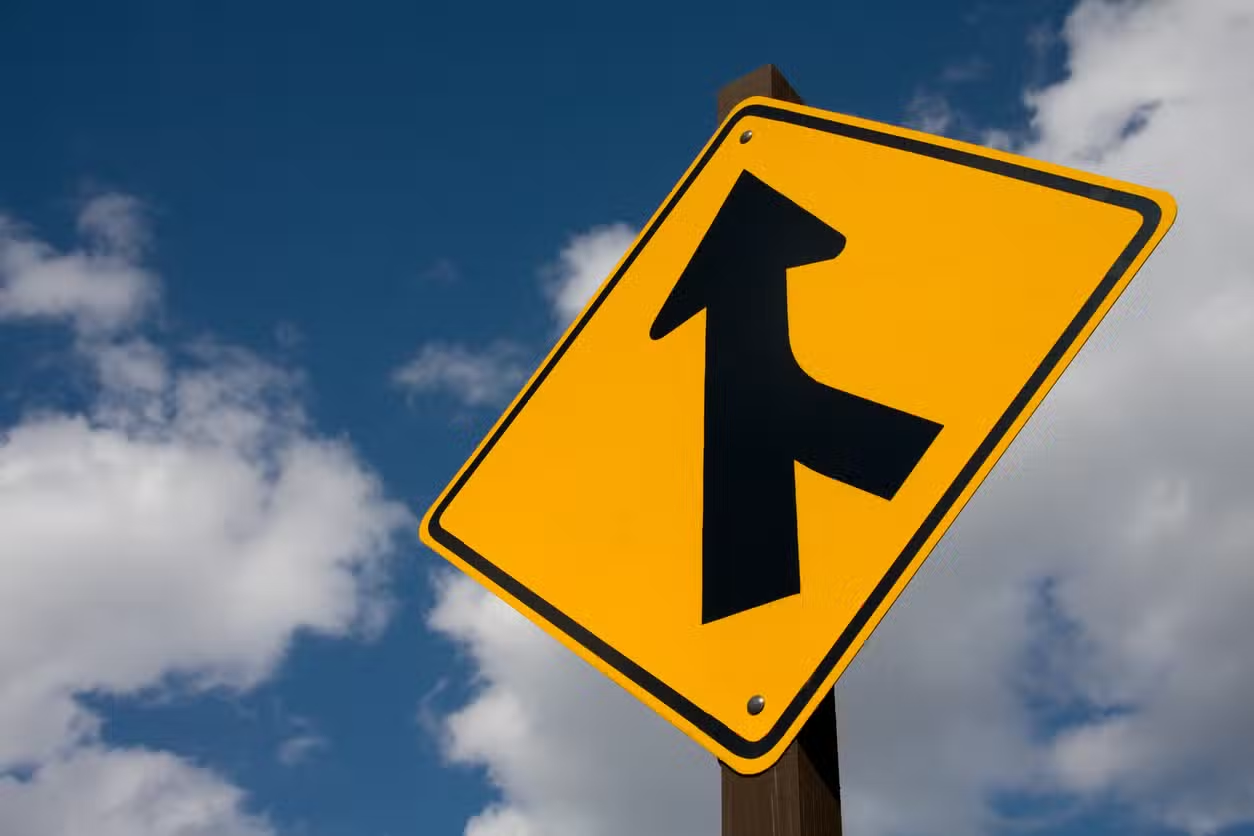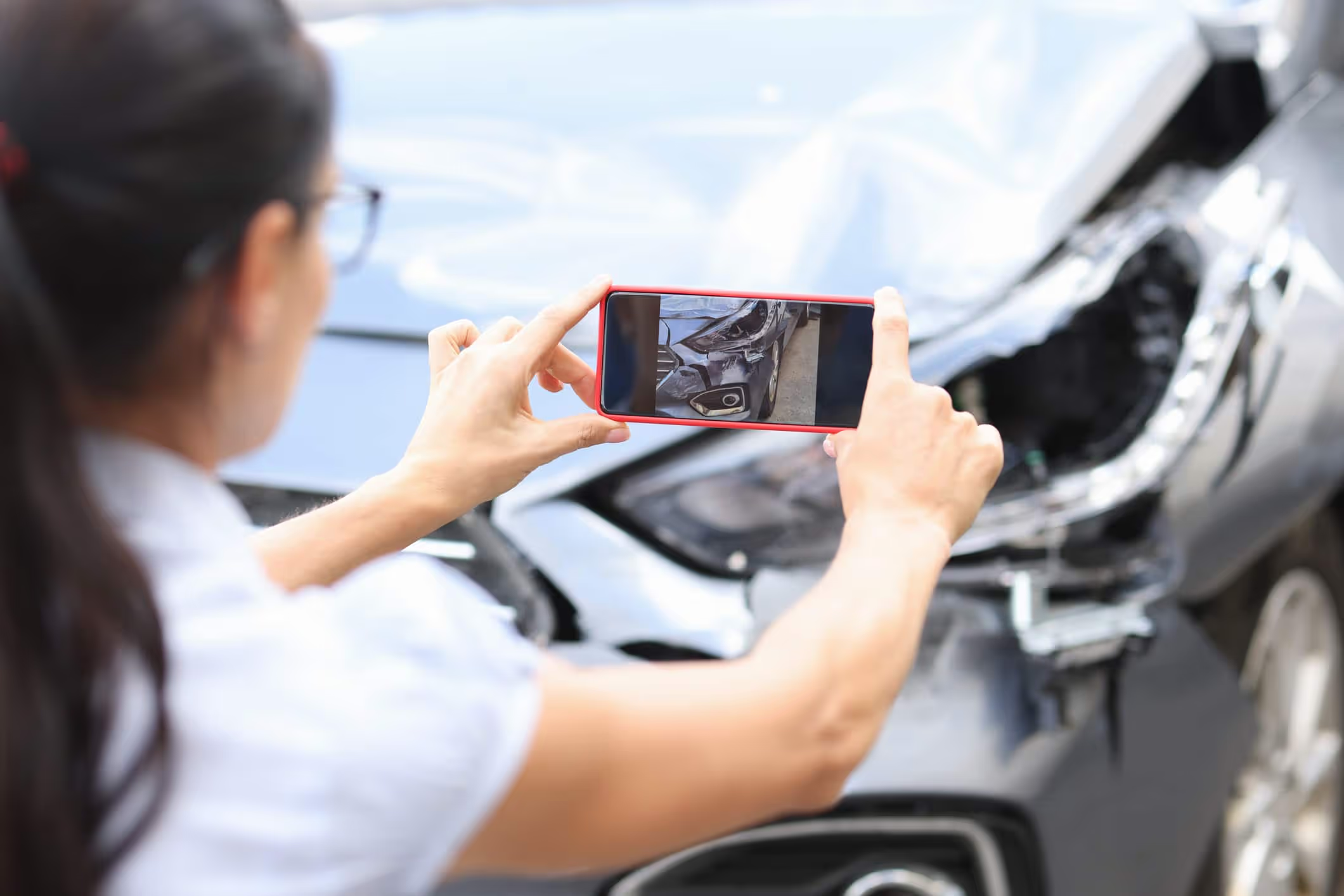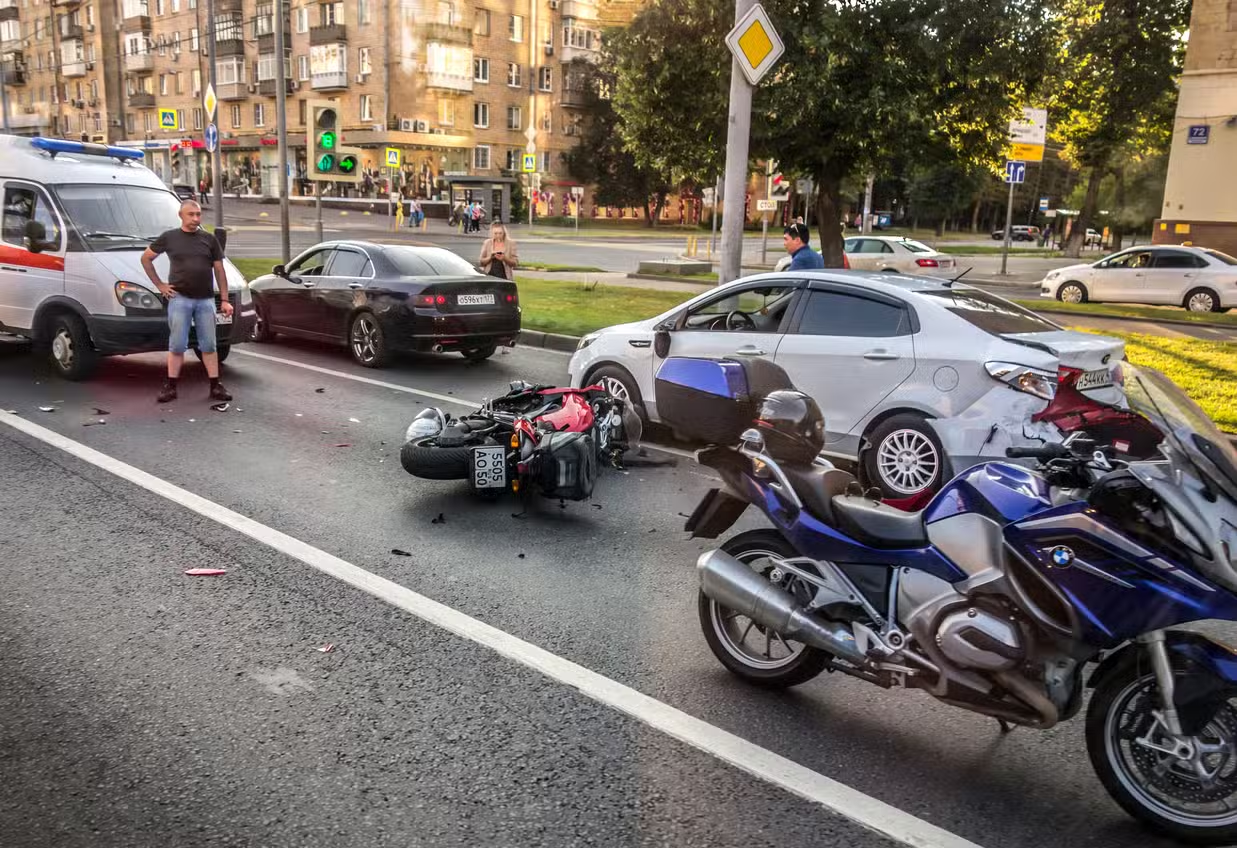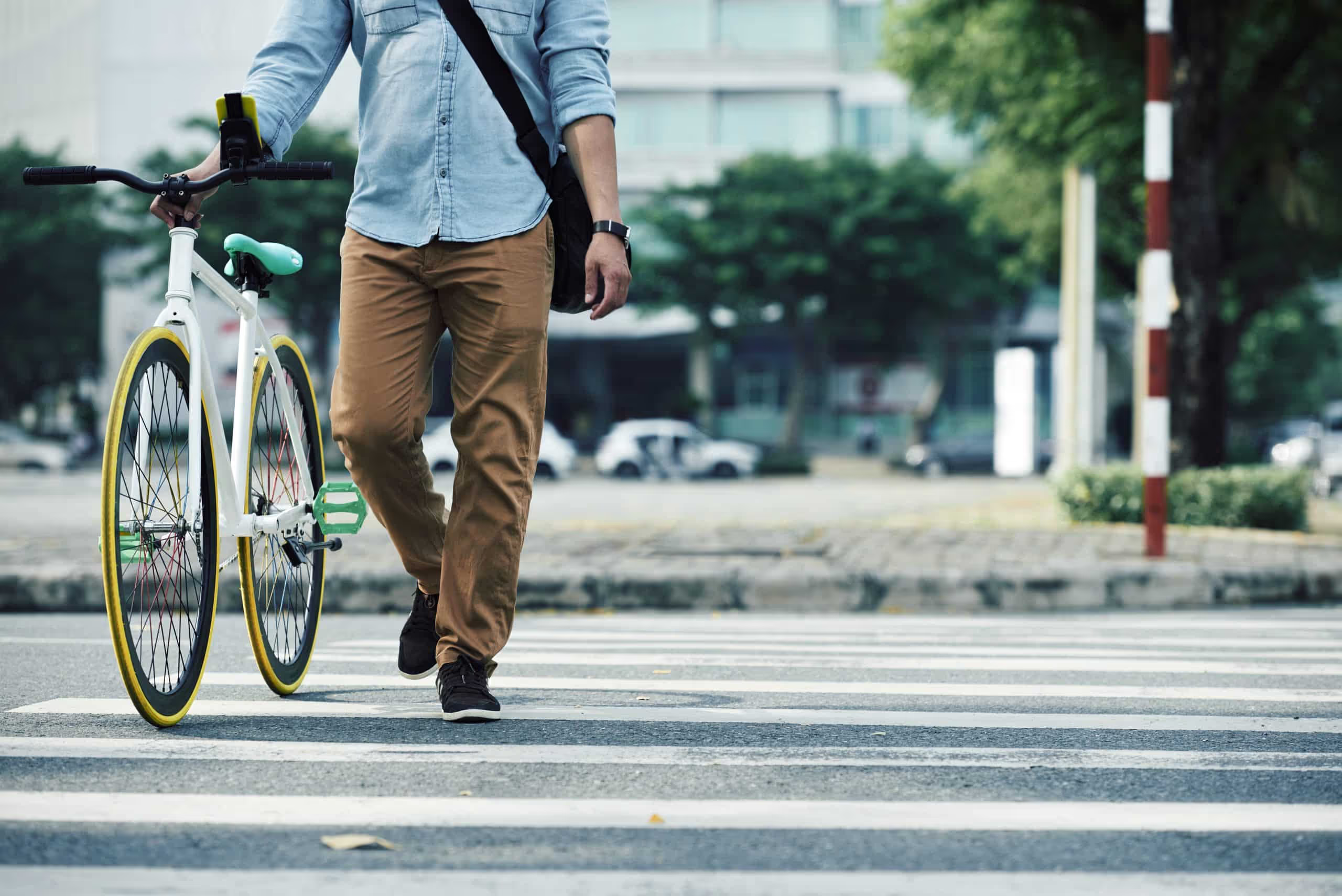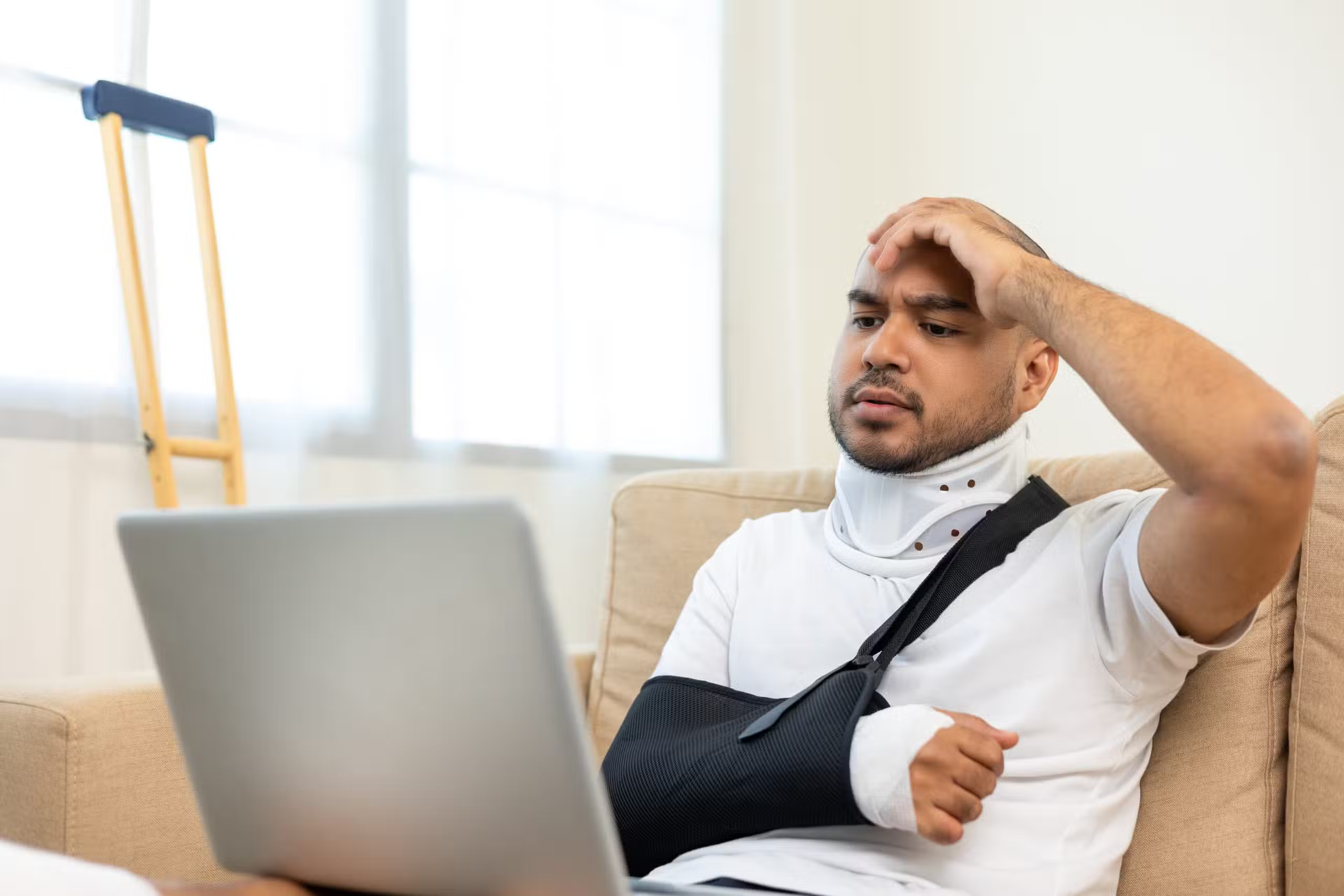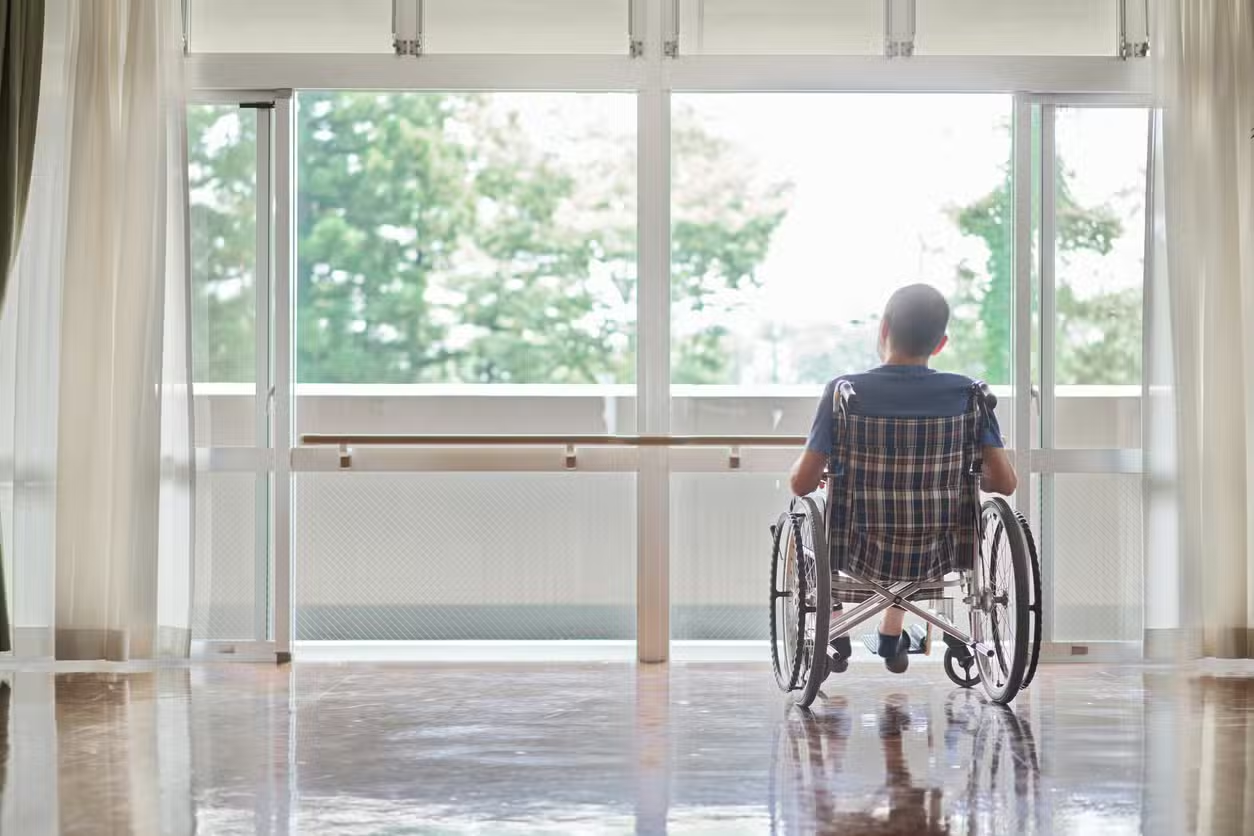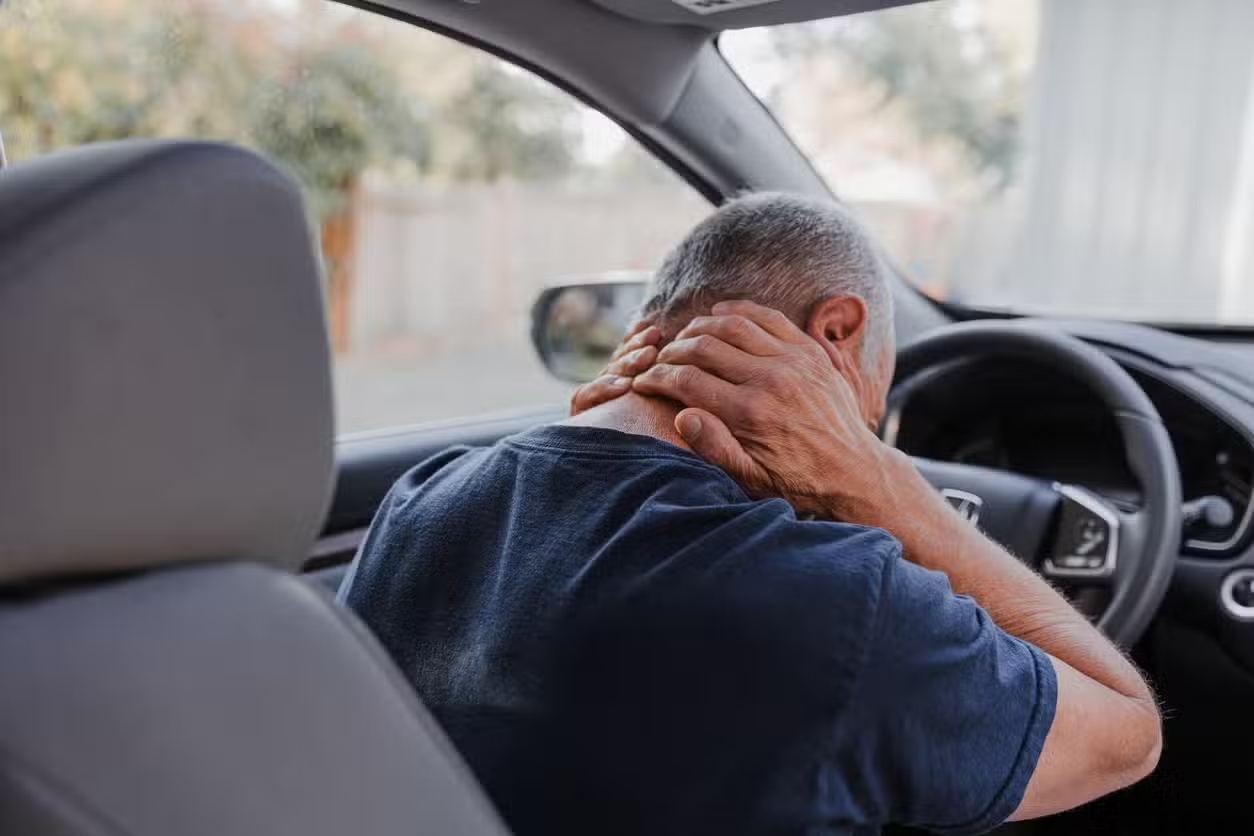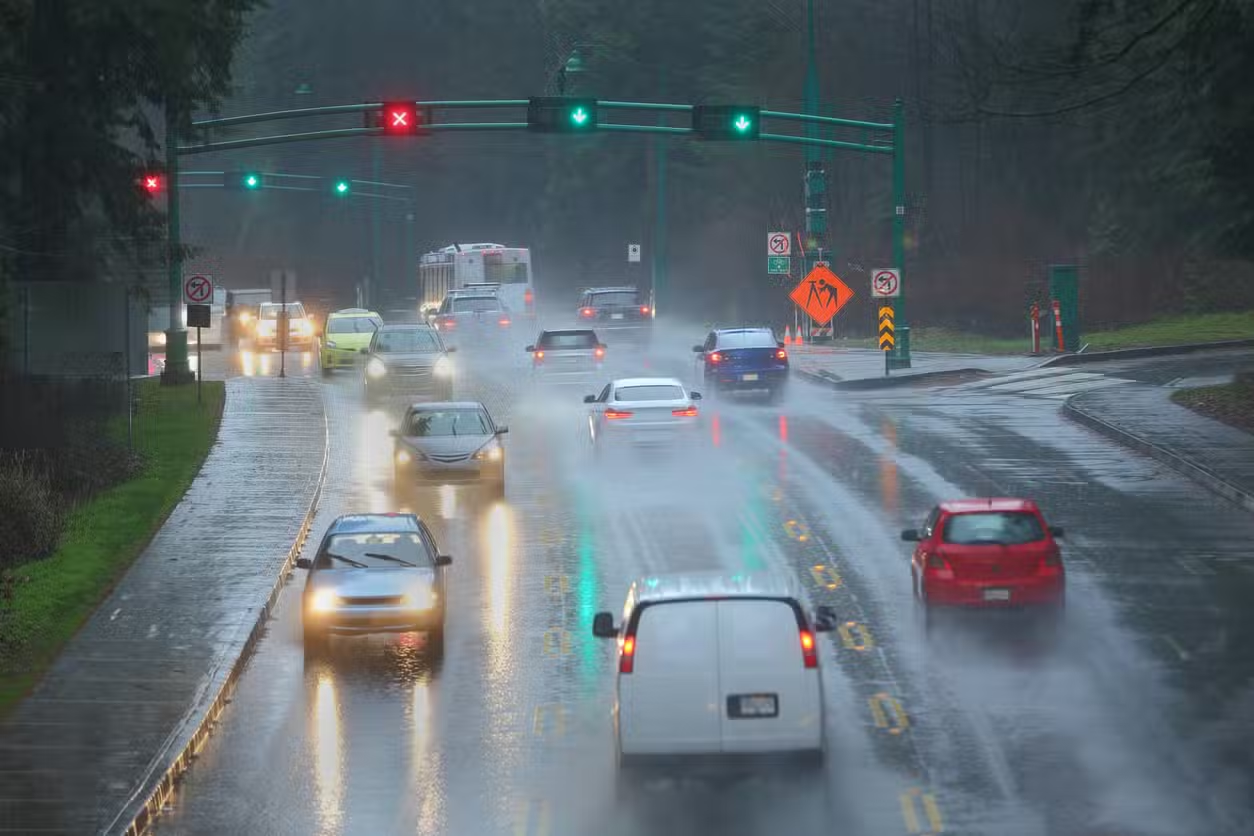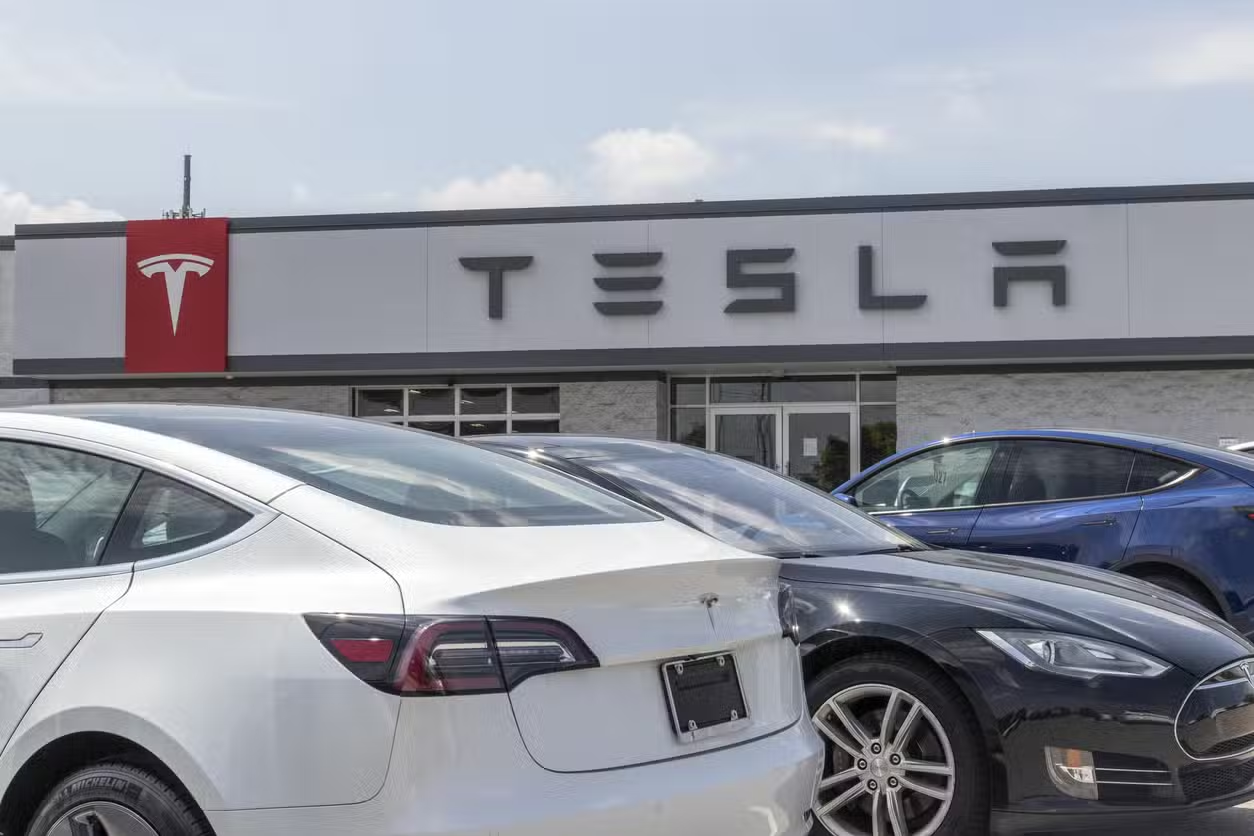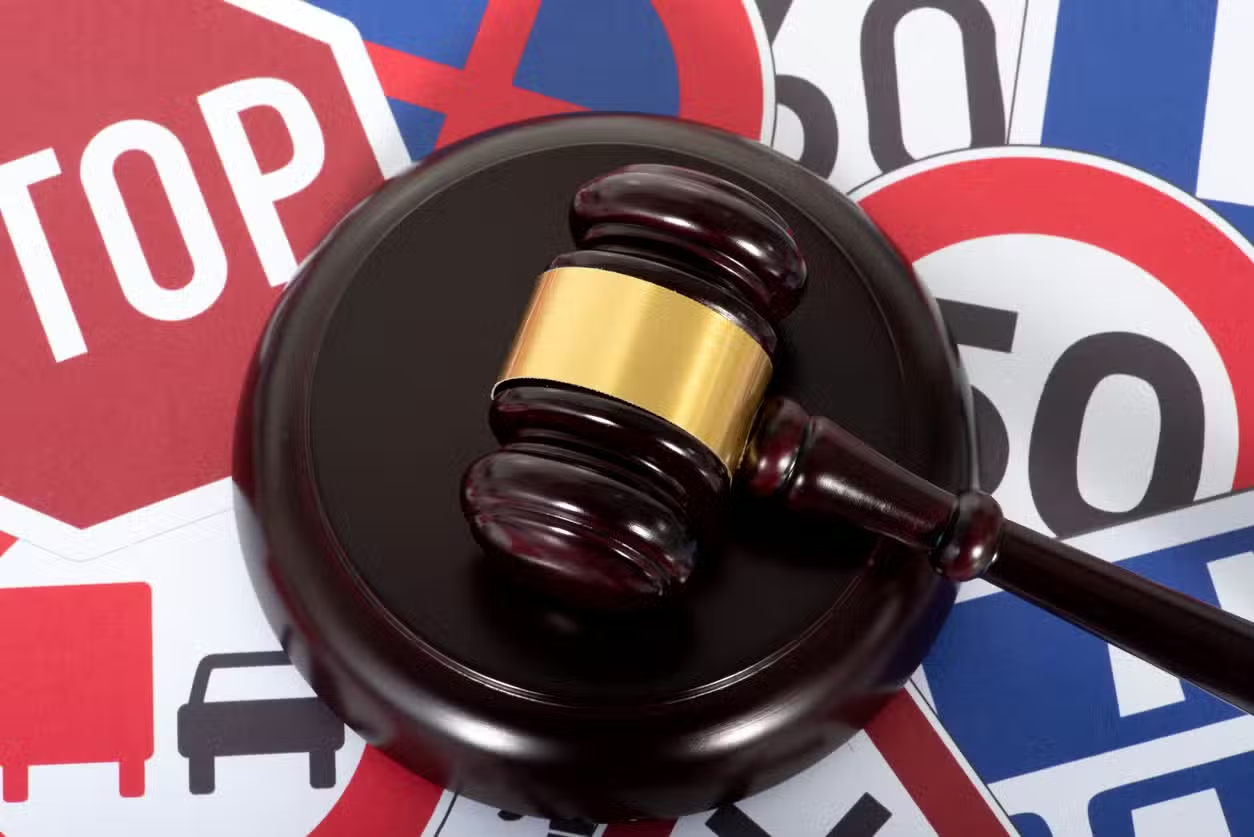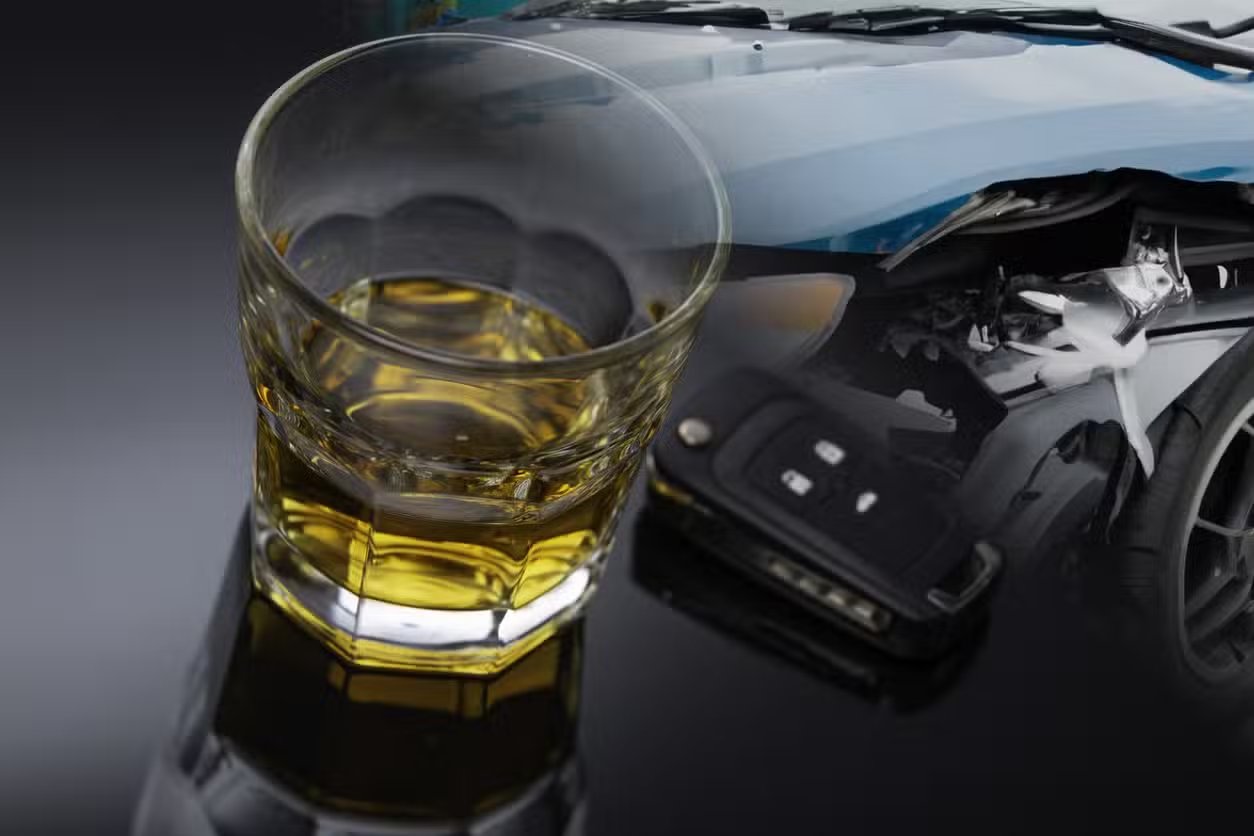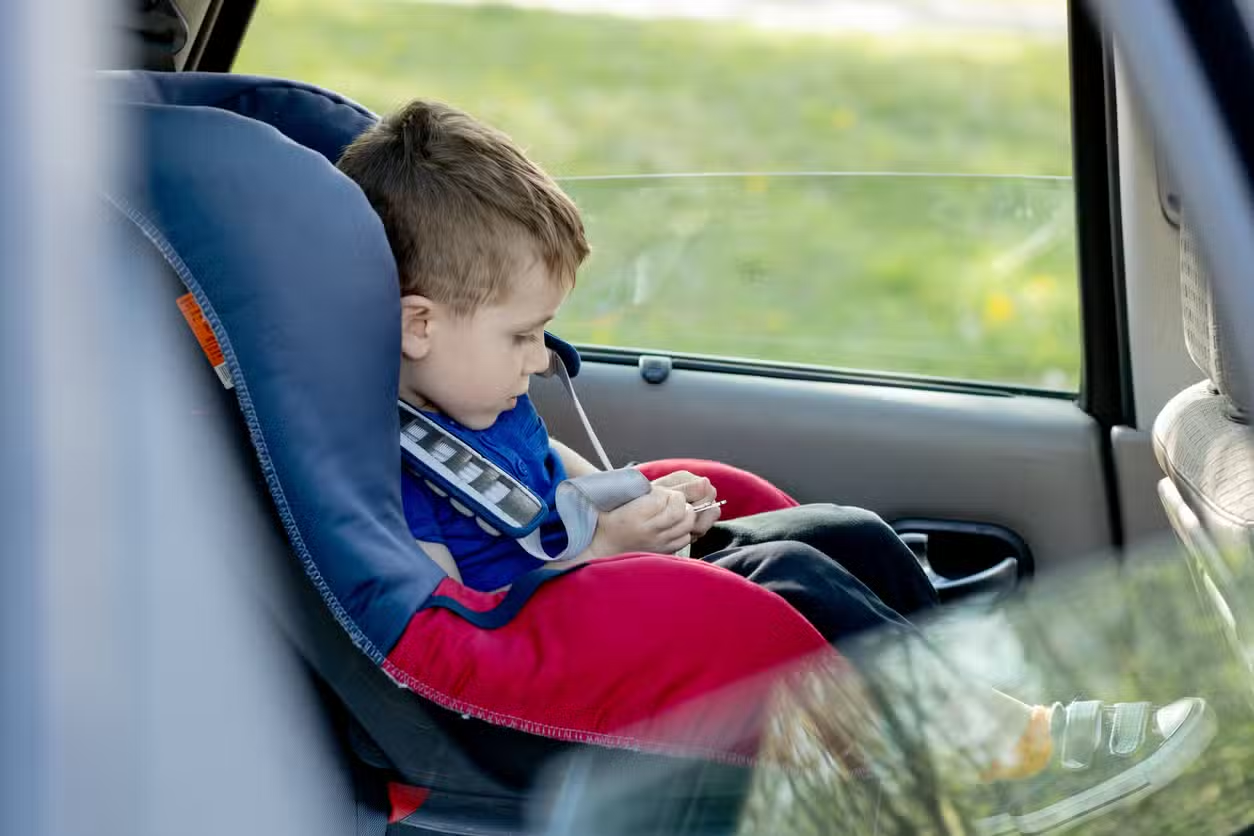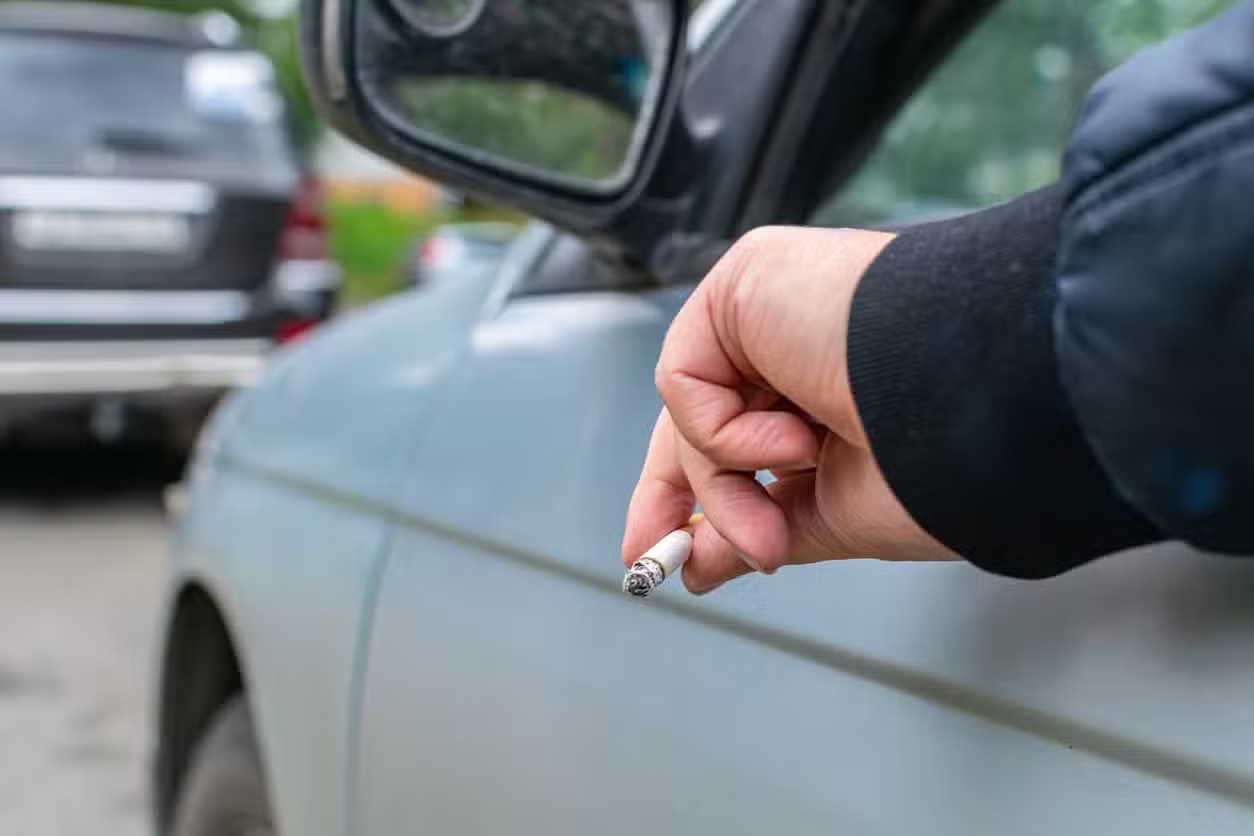Determining auto accident liability in a pile-up can feel like untangling a dozen crossed wires: multiple impacts, conflicting driver stories, and overlapping insurance policies. Yet the basic question remains the same—who pays for your injuries and vehicle damage? This guide explains how liability is assigned in multi-vehicle crashes, which evidence carries the most weight, and what steps you must take to protect your compensation.
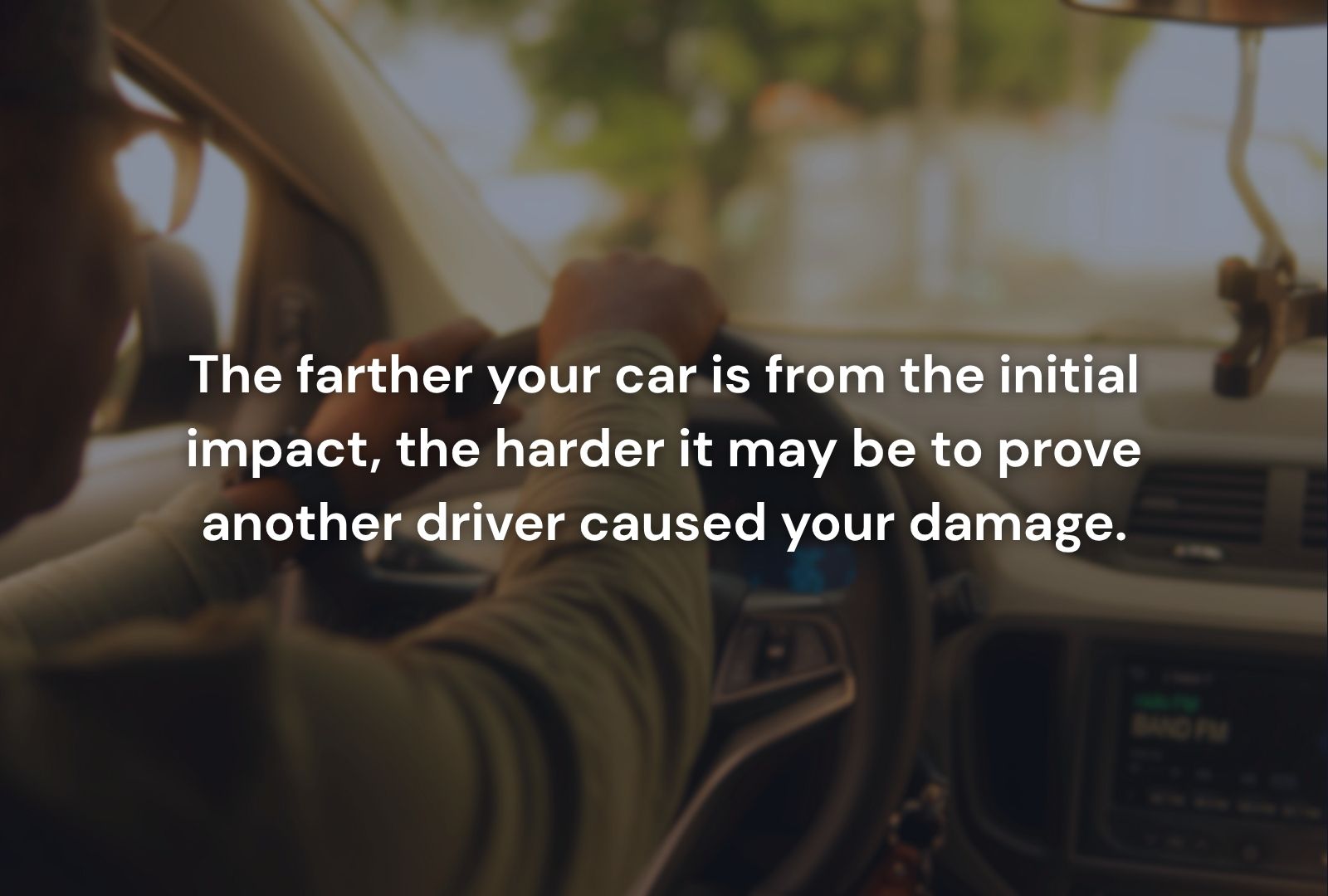
Why Multi-Vehicle Collisions Are So Complex
In a two-car crash, fault often hinges on a single action—running a red light or texting behind the wheel. In a chain reaction, however, each vehicle’s speed, following distance, and reaction time influence the final outcome. A single misstep can trigger secondary impacts that muddy liability.
Key takeaway: The farther your car is from the initial impact, the harder it may be to prove another driver caused your damage.

The Core Legal Standard: Negligence
Every state uses negligence principles to decide fault. Drivers owe a duty of care to maintain safe speed and following distance. Breaching that duty—by tailgating or distracted driving—triggers liability when it causes damage.
- Duty: Drive attentively and keep a safe gap.
- Breach: Close following, abrupt lane change, or brake-checking.
- Causation: The breach sparks a domino effect that injures others.
- Damages: Medical bills, lost wages, and vehicle repairs.
If you need a refresher on these fundamentals, scan the always-useful article “The 4 Elements of Negligence in Personal Injury Cases.”
Common Multi-Car Collision Patterns
Rear-End Chain Reactions
An initial rear-end impact pushes Car A into Car B, and so on. Generally, the driver who started the chain faces the bulk of liability, but tailgaters who failed to stop in time may share fault.
Cross-Traffic Pile-Ups
One driver runs a red light, colliding with cross-traffic and creating secondary impacts. Investigators focus on red-light cameras, skid marks, and witness statements to allocate liability.
Highway “Accordion” Crashes
Sudden congestion leads to rapid braking, and inattentive drivers slam into vehicles ahead. Fault percentages hinge on speed, distance, and whether brake lights were functioning.

Evidence That Shifts Liability in Multi-Vehicle Crashes
- Event Data Recorder (black-box) downloads reveal speed and braking for each car.
- Dash-cam and traffic-cam footage capture the initial trigger and subsequent impacts.
- Physical damage patterns—crush zones and paint transfers—map out impact order.
- Cell-phone logs can show texting or streaming at the moment of collision.
Gather this evidence within 48 hours; delay lets critical data vanish or get overwritten.
Comparative Negligence: Splitting the Blame
Most states reduce your payout by the percentage of fault assigned to you. In a three-car pile-up, you might be:
- 0 % liable if you were fully stopped and hit from behind.
- 10 % liable if you stopped but left minimal room and tapped the car ahead.
- 50 % or more if you were speeding and rear-ended someone before being hit yourself.
Learn the math of fault percentages in “How Comparative Negligence Affects Car Accident Compensation.”
Insurance Adjuster Tactics—and How to Counter Them
- Rapid Statement Requests: Adjusters want you to admit partial fault before evidence is analyzed. Politely decline until you Review the police report and collect documentation.
- Cherry-Picked Photos: Insurers may highlight damage suggesting you impacted another car first. Provide full-angle photos and black-box data to correct the narrative.
- Blame-Shifting Letters: Carriers for cars deep in the chain often claim the initial hitter is 100 % at fault. Demand detailed evidence supporting their percentage split.
Practical Steps Immediately After a Multi-Vehicle Crash
- Call 911 and ensure a police report is filed pile-ups often need traffic control and accurate sequencing.
- Photograph every vehicle and tag license plates for later identification.
- Exchange information with all drivers and as many witnesses as possible.
- Seek medical evaluation even for minor aches; chain-reaction forces can cause hidden injuries.
- Notify your insurer quickly but avoid detailed statements until you speak with counsel.
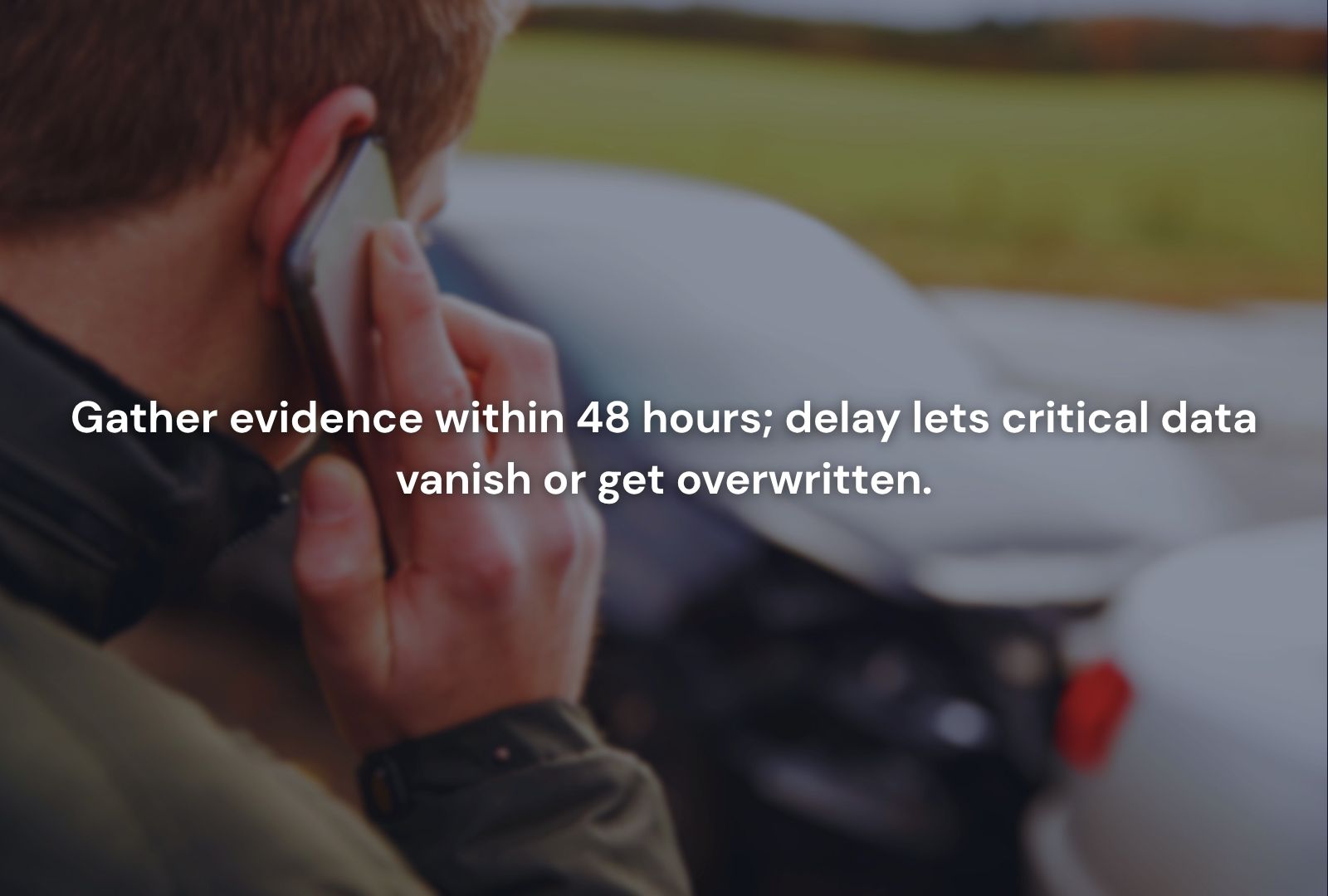
Why Professional Representation Matters
Multi-car collisions trigger overlapping claims, comparative-fault debates, and multiple policy limits. An experienced car accident attorney will:
- Issue preservation letters to secure black-box data from every vehicle.
- Coordinate accident-reconstruction experts to pinpoint the first negligent act.
- Negotiate across multiple insurers to prevent blame-shifting stalemates.
- Fight for full compensation even when insurers assign you partial fault.
Early legal involvement often raises net recovery by identifying additional coverage like excess liability or stacked UM/UIM policies—that casual claimants miss.
Bottom Line
Understanding auto accident liability in a multi-vehicle collision starts with identifying the first negligent move and tracing its ripple through every subsequent impact. Preserve evidence immediately, watch for adjuster tactics, and bring legal firepower on board as soon as fault percentages start to form. The sooner you clarify liability, the faster and fuller your compensation will be.


